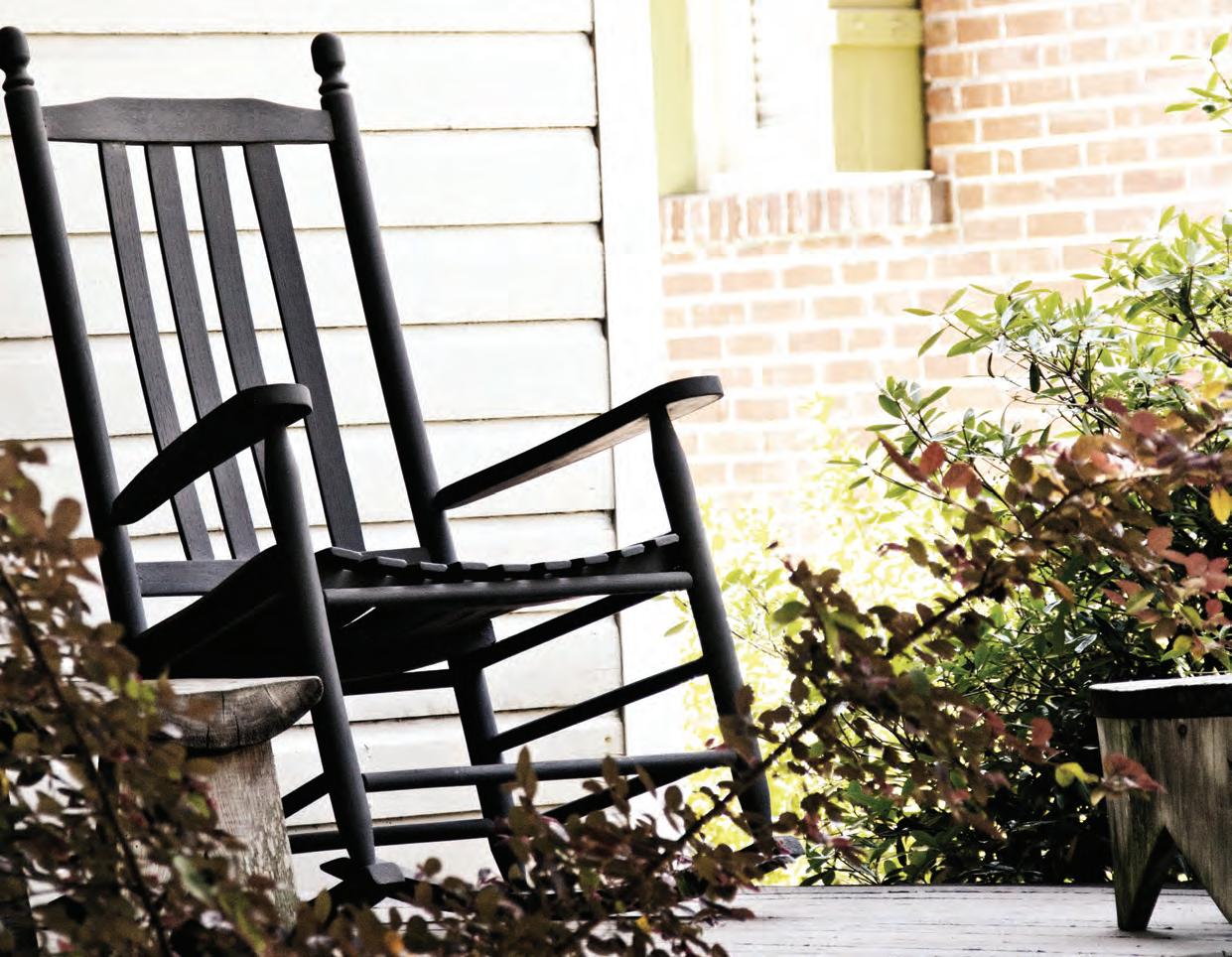



LAKE CHARLES l SULPHUR l WESTLAKE l DEQUINCY l VINTON l IOWA
HISTORIC RESOURCES AND TOURS OF OUR UNIQUE CORNER OF LOUISIANA
YOUR GUIDE TO Historic Calcasieu Parish
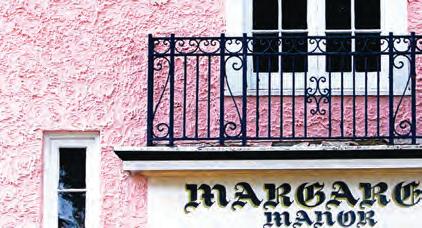
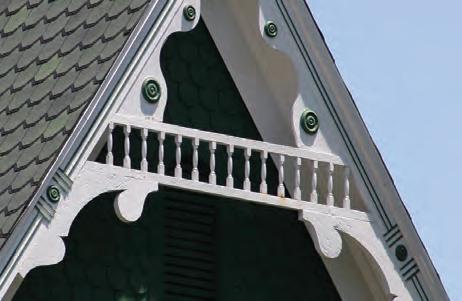
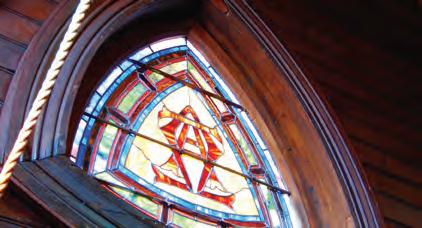
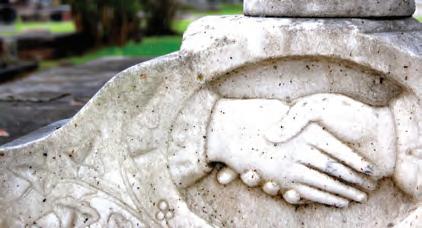


2 INTRODUCTION 3-4 NATIONAL REGISTER OF HISTORIC PLACES IN CALCASIEU PARISH 5 HISTORIC LAKE CHARLES 7 NEIGHBORHOOD TOURS CHARPENTIER HISTORIC DISTRICT TOUR 8-13 MARGARET PLACE HISTORIC DISTRICT TOUR 14-15 SHELL BEACH DRIVE TOUR 15-16 GLOSSARY OF STYLES AND TERMS USED IN THIS GUIDE 17 SULPHUR TOUR 18-20 VINTON AREA TOUR 20-21 DEQUINCY AREA TOUR 21-22 IOWA HISTORICAL BUILDING 22 HISTORIC CEMETERIES 23-24 CEMETERY SYMBOLS AT A GLANCE 25 CALCASIEU’S AUTHENTIC, EERIE GHOST STORIES 26-27 Research and copy by Adley Cormier, © 2013 Lake Charles/Southwest Louisiana Convention and Visitors Bureau TABLE OF CONTENTS
The fascinating heritage of Southwest Louisiana is yours to explore by using this guide to historic attractions and neighborhoods in Calcasieu Parish. This guide offers suggested routes and back stories of Southwest Louisiana’s romantic, exotic, and exciting history.
This is the place where the pirates met the cowboys, and where Cajuns, Creoles, German immigrants, Midwesterners and pioneers from the South and West met to build a community and a culture like no other. Many of the neighborhood tours are designed for walking. Park your car and walk to explore the architecture, gardens, birdlife and most especially, the people you’ll meet.
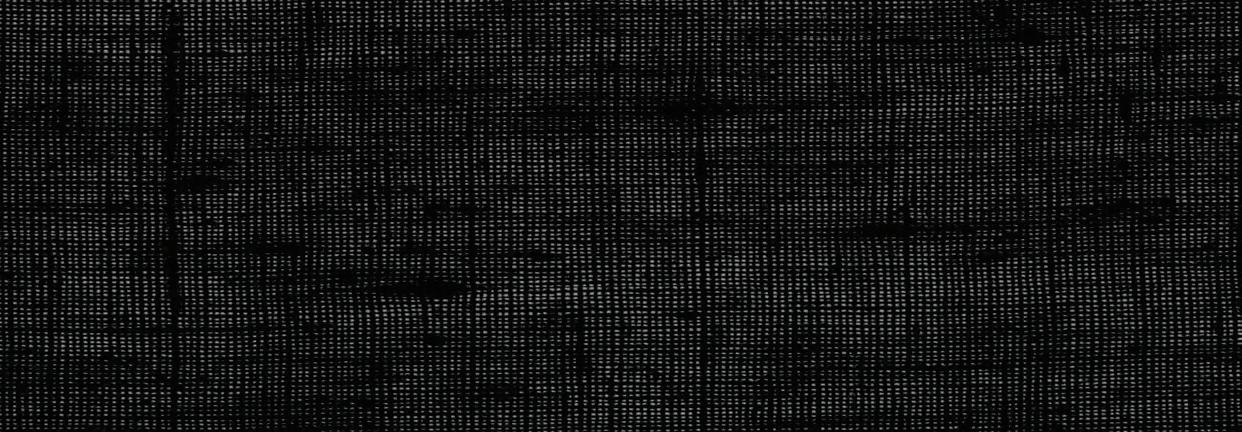

Discover the distinct cultural neighborhoods of Calcasieu Parish.
Absolutely free to explore are the Lakeside Promenade, 9-11 Memorial, Millennium Playground, and Bord du Lac Marina on the lake edge of the Lake Charles Civic Center grounds, all of the city and parish parks, historic cemeteries, Central School and the Historic 1911 City Hall in Lake Charles, as well as the Henning Cultural Center in Sulphur, and the Railroad Museum in DeQuincy. For other attractions, like the Mardi Gras Museum, special exhibitions, or the Imperial Calcasieu Museum, there is a nominal charge to view their collections. For more information on Calcasieu Parish attractions and events, check out www.visitlakecharles.org or follow us on Twitter or Facebook.
LAKE CHARLES TOURS
CHARPENTIER HISTORIC DISTRICT TOUR
The Charpentier Historic District is on the National Register of Historic Places and covers more than 40 blocks of turn-of-the-century buildings of mixed styles with turrets, towers, gables, shingling, leaded glass and gingerbread accents on the porches and railings. The Charpentier (French for “carpenter”) District stands in homage to the carpenterarchitects who freely designed as they built, creating a unique Lake Charles style.
MARGARET PLACE HISTORIC DISTRICT TOUR
The Margaret Place Historic District celebrated its 100th anniversary in 2012 and is a prime example of bungalows, sophisticated foursquares and quirky 1920s buildings and homes. This prestigious neighborhood, developed during and after WWI, is veritably untouched and tucked among winding streets near the lake.
SHELL BEACH DRIVE TOUR
The Shell Beach Drive Tour is a stunning display of Southern mansions set along the lakeshore. Greek Revival estates, Victorian raised cottages, lavish gardens, sweeping lawns and massive oaks flutter with moss. Many of the homeowners elaborately decorate for Mardi Gras, Halloween and Christmas. Evening carriage rides are offered during the holiday season to experience the Christmas lighting displays. Visitors are often amazed at the matching boat houses across from several of the homes.
THE SULPHUR TOUR
Sulphur grew almost overnight during the search for oil in 1867 when the element sulfur was found in the area. At the time, it was known as the “richest 50 acres in the world,” as the industry was born. Worker cottages, boarding houses and a school were built around the mining industry, some which can still be seen today. The town continued to grow, especially with the boom of the 1940s as oil refineries and petrochemical plants were built.
THE VINTON AREA TOUR
Timber brought the railroad to Calcasieu Parish and gave birth toVinton at the turn of the 20th century. Originally just a whistle stop town, the Vinton area was advertised in newspapers nationwide as a place to make a fortune on the lumber here The area also had large petroleum reserves and became a big agricultural community The town even produced diverse talents including the baseball great,Ted Lyons,whose former home is on the National Register of Historic Places,and Grammy Award winners Bobby Kimball and Clarence “Gatemouth” Brown, and nationally known blues singer and pianist Marcia Ball.
THE DEQUINCY AREA TOUR
When the Kansas City Southern Railroad forged through dense 300-year-old forests to lay track through DeQuincy, its line linked Leesville, DeRidder, DeQuincy, Lake Charles and on to Texas – just the route for lumber barons to clear virgin forests and make a fortune. The impressive DeQuincy Railroad Museum, located in the restored Kansas City Southern Depot, tells the fascinating story of the railroad industry in Louisiana The DeQuincy Town Hall Museum, located in the old City Hall on Fourth Street, showcases other important stories, such as the turpentine and timber industries.
3
Louisiana Has a Way of Making Gumbo Out of Anything—Even Architecture!
Southwest Louisiana historic architecture is eclectic—a mix of sawmill Victorian whimsy, fine wood craftsmanship, and classic Southern taste with a bit of Louisiana spice to keep it interesting. Just after the Civil War and through the Roaring Twenties, Northern lumber barons called “Michigan Men” and native entrepreneurs developed and marketed the lumber resources found in Southwest Louisiana.
Thousands of rafted logs of cypress, pine, oak, magnolia, and other timber were milled into lumber, shingles, trim, windows, doors, and other products in mills that lined the river and lakes. These products were shipped by schooners, steamers and rail to the rest of America, but much of this lumber was used right here to build what you can see today.
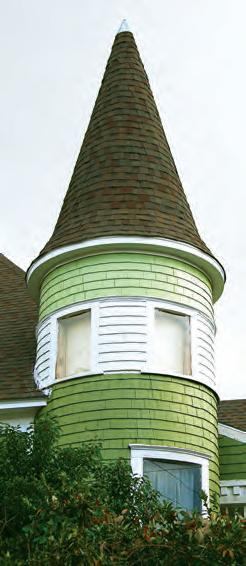
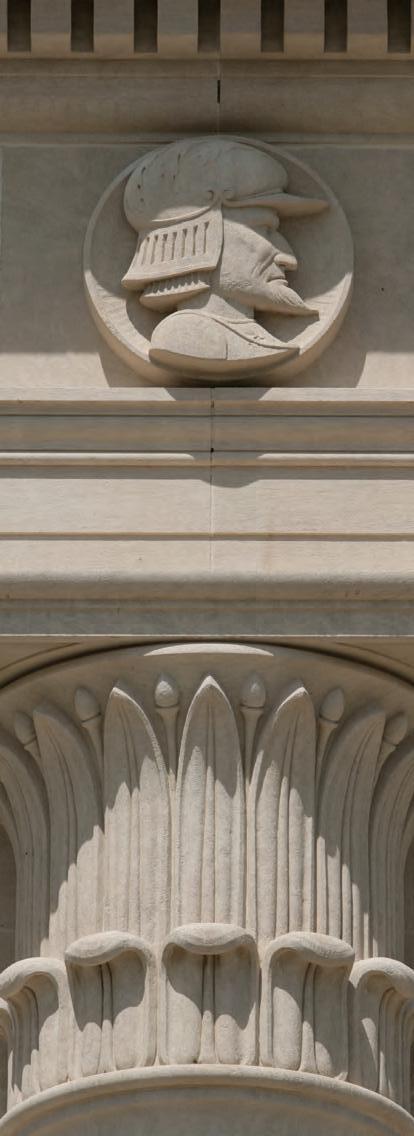
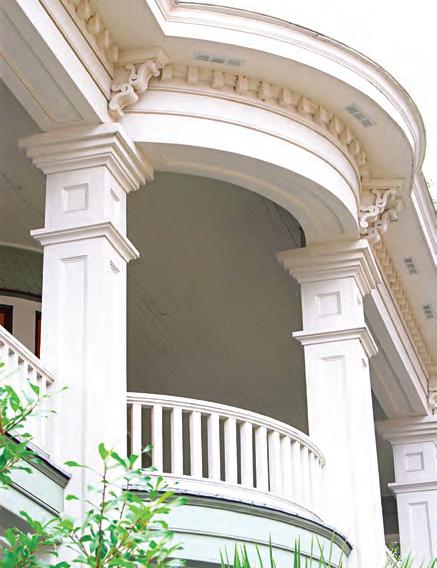
Extravagant mansions to modest craftsman cottages, the wooden architecture of Southwest Louisiana is rich in details of columns, turrets, balustrades, brackets, scrolls and spindles. Ironically, the very richness of the details combined with the climate of subtropical, coastal Louisiana makes this architecture fragile and sometimes difficult to maintain. Given that, our architectural “gumbo” is a truly remarkable legacy we can share with you.
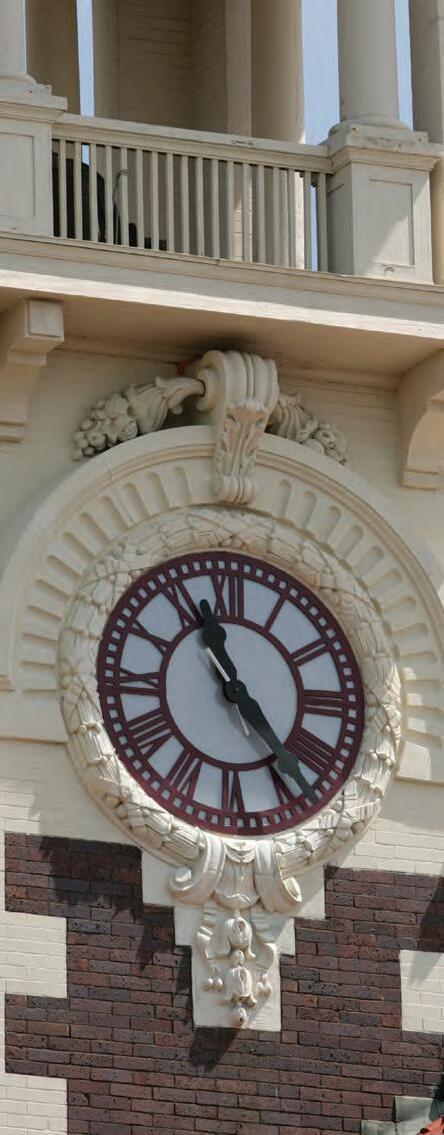
Historic sites to see are grouped into convenient tour possibilities. Entry into a private home can occasionally be scheduled by the Calcasieu Historic Preservation Society (CHPS) through the Lake Charles/Southwest Louisiana Convention and Visitors Bureau. Every spring, CHPS organizes and promotes the Palm Sunday Tour of Homes that provides public access to featured home interiors and gardens in historic areas of Lake Charles. Private houses in this guide are identified by their historic names when available.
Did you know?
This corner of Louisiana is literally the newest part of the state. After Louisiana had been admitted to the Union in 1812, American claims to parts of western Louisiana had not yet been consolidated. This was the famed “no-man’s land of pirate and renegade,” the neutral strip between Mexico and the U.S. When the U.S. Army established a military post on “Charley’s Lake” in 1829, the Sabine River was finally recognized as the international boundary between the then Mexican state of Texas, and the United States.
4
NATIONAL REGISTER OF HISTORIC PLACES
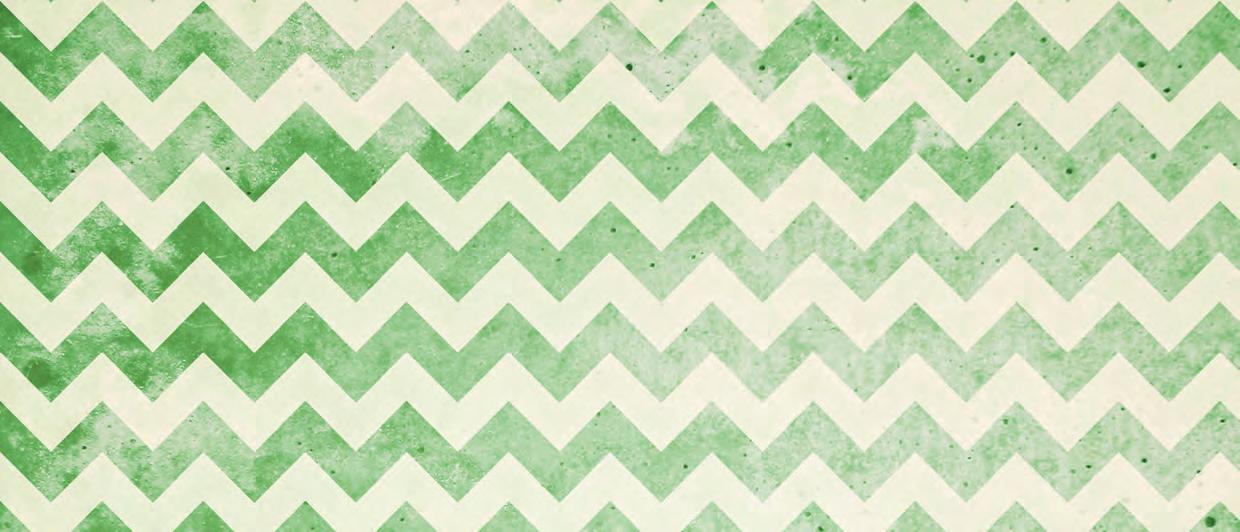

The National Register of Historic Places is the nation’s official list of historic places worthy of preservation. These sites are important to telling the shared history of the American people. There are 18 sites in Calcasieu Parish listed on the National Register of Historic Places. Many of these sites and structures are in daily use; however, most allow visitors by arrangement with the site owners.
Iowa 1937-Vintage Iowa High School building
Vinton The Ted Lyons House
DeQuincy The Jackson Dog-trot House, AllSaints Church (now called Grace Chapel) and the Kansas City-Southern Railroad Depot
Starks The Deweyville Swing Bridge (shared with the state of Texas)

Lake Charles Calcasieu-Marine National Bank building, the Historic Calcasieu Courthouse, Cash Grocery and Sales building (locally known as Cash and Carry), Charleston Hotel building, the 1911 City Hall Cultural Center, Cathedral of the Immaculate Conception, Episcopal Church of the Good Shepherd, Muller’s Department Store building, McNeese University’s Bulber Auditorium, the WatersPierce Stable building, and the entire fortyblock Charpentier Historic District with some 400 structures. Lost after listing, however, is the Arcade Theatre-Miller Building which stood in the 800 block of Ryan Street.
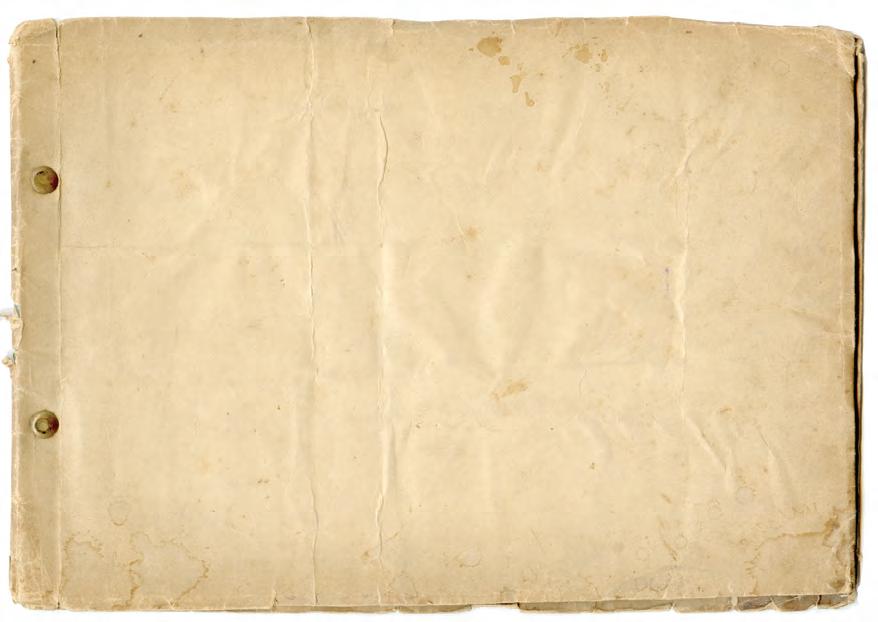
Touring Lake Charles
IMPERIAL CALCASIEU MUSEUM AND SALLIER LIVE OAK
204 West Sallier Street
Built on the winter home site of Charles Sallier, the early settler for whom the town is named, and shaded by the 375+ year old Sallier Oak, this museum offers a peek into the historic past with artifacts and displays of 19th and early 20th century life. In addition, the Gibson-Barham Gallery offers several fine art exhibitions per year, and the Annex Gallery features unique local exhibitions.
MULLER’S DEPARTMENT STORE BUILDING
625 Ryan Street at Division
Founded in 1882 by Julie Muller, Muller’s was once the largest and most complete department store between Houston and New Orleans. The 1913 building featured the first elevator and “moving stairs” in the area and was complete with dozens of departments. Currently, the building has been redeveloped into apartments and is developing ground floor retail spaces. (NR)
CENTRAL SCHOOL ARTS AND HUMANITIES CENTER
809 Kirby Street
Explore each floor of this 1912 Favrot and Livadais designed-school building, a City of Lake Charles facility converted to cultural use including museum and gallery space, working studio spaces, Arts Council and arts organization offices, and the Benjamin Mount Theatre. The surrounding oaks were planted by school children in 1900, and the park-like grounds cover an entire block in the heart of the Charpentier Historic District.
MCNEESE STATE UNIVERSITY BULBER AUDITORIUM
4500 Ryan Street
While much of the McNeese campus is mid-Century in design and construction, the McNeese Main Auditorium, now called Bulber Auditorium, is the earliest building, a WPA project completed in 1939. An alley of live oaks leads to the massive Moderne-style brick building with subtle brick fluting and geometric metal grillwork. The grand lobby has halo glass lighting, marble wainscoting and multi-colored terrazzo floors. (NR)
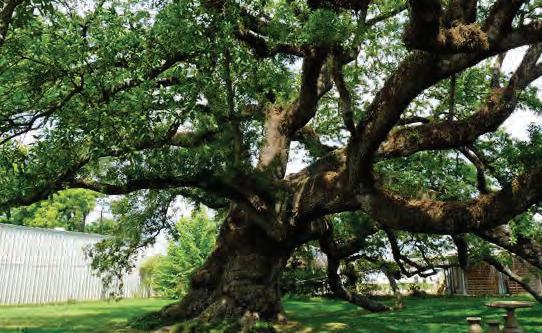
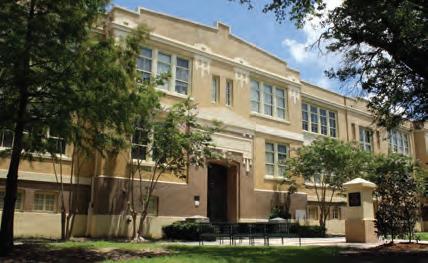
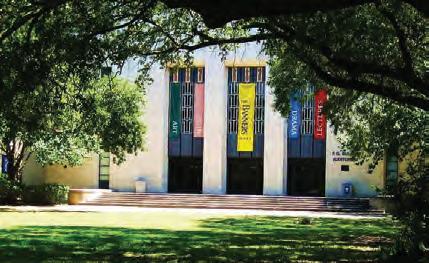

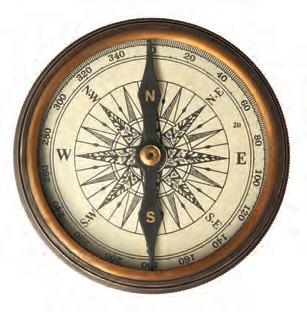
6 714 712 530 824 715 725 624 618 518 504 504 329 722 625 605 713 601 501 US P.O. 527 617 503 403 521 717 713 314 504 411 508 510 512 518 528 626 CALCASIEUMARINEBANK CHARLESTONHOTEL 922 902 902 904 1018 900 900 917 917 919 1021 1005 825 1004 1020 1030 1015 1019 1021 CALCASIEUPARISHCOURTHOUSE CITY1911HALL CATHEDERALOFTHEIMMACULATECONCEPTION 827 827 827 827 827 900 900 809 827 827 827 827 MULLER’S DEPT. STORE 827 901 917 907 928 DIVISION ST. CLEMENT ST. DIVISION ST. MILL ST. FORD ST. FORD ST. DREW ST. DREW ST. BROAD ST. BROAD ST. KIRKMAN ST. HODGES ST. HODGES ST. HODGES ST. HODGES ST. BILBO ST. BILBO ST. BILBO ST. BILBO ST. MOSS ST. FORD ST. KIRKMAN ST. REID ST. BANK ST. REID ST. BANK ST. REID ST. BANK ST. PRYCE ST. PINE ST. DIVISION ST. MILL ST. PRYCE ST. PINE ST. S. DIVISION ST. HODGES KIRBY ST. KIRBY ST. KIRBY LN. FORD ST. PUJO ST. PUJO ST. PUJO ST. RYAN ST. RYAN ST. BILBO ST. IRIS ST. IRIS ST. IRIS ST. LOUISIANA AVE. LOUISIANA AVE. KIRBY ST. MOSS ST. MOSS ST. MOSS ST. MOSS ST. FORD ST. RYAN ST. LAKESHORE DR. KIRBY STREET AND PUJO STREET TOUR BROAD STREET TOUR RAIL’S END TOUR GERMANTOWN TOUR CENTRAL PLACE TOUR Charpentier Historic District Map Key Located on the National Register of Historic Places in Downtown Lake Charles W. PINE ST. 401 110 519 519

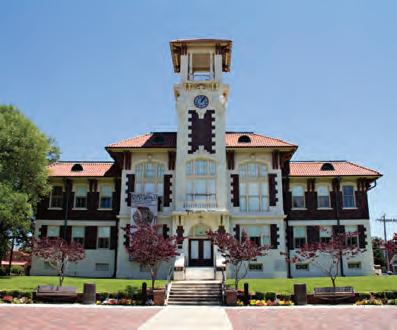
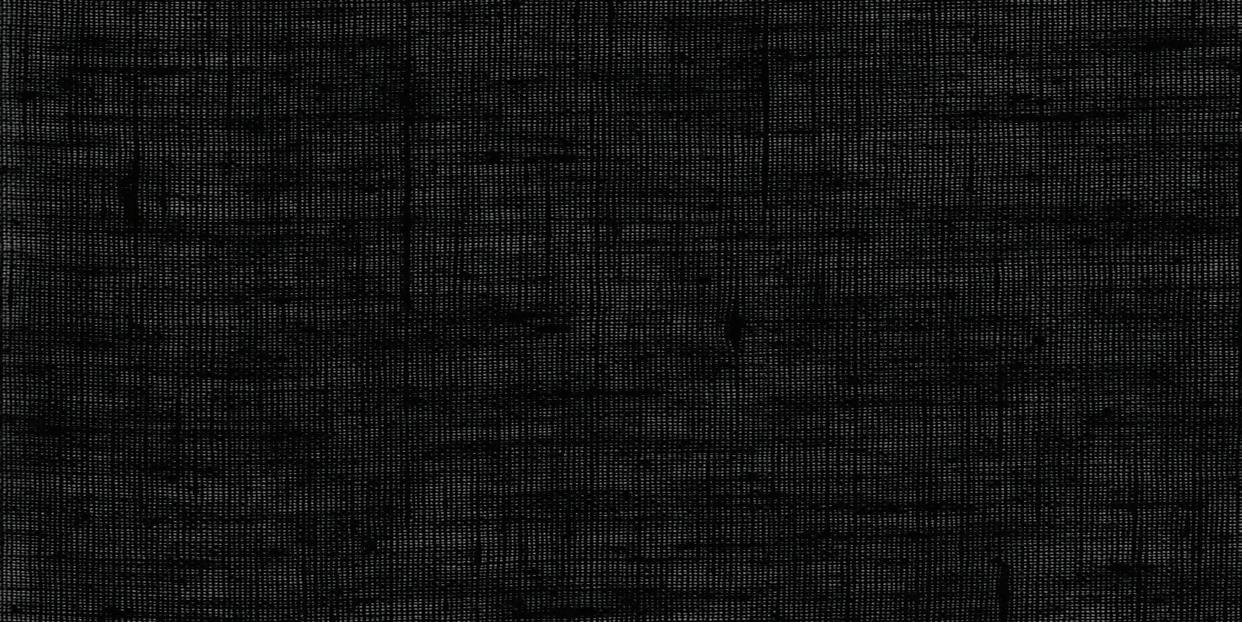
Lake Charles Lakefront and Civic Center
Lakeshore Drive and Bord-du-lac Drive
Nearly 70 acres of land was literally created for the Civic Center, marina, parks, and Lakefront Promenade forty years ago. In addition to the meeting and performing arts facilities of the Center, there are spaces for festivals and events, fountains and playgrounds, and a 9-11 Memorial.
Gerstner Airfield
Highway 27, south of Highway 14, on the Creole Nature Trail
A marker pinpoints the location of the earliest military airfield in Louisiana, Gerstner trained almost 500 pilots for air combat in World War I. Designed in 1918 to be a temporary airfield, the site still retains building foundations and runways.
The Public Square at Ryan and Kirby Streets
Downtown Lake Charles
This area has been the center of government for both the Parish and the City for over a hundred years. Early Lake Charles had been a city of wood. The Great Fire of 1910 leveled most of downtown and destroyed the Courthouse, the City Hall, the Catholic Church and hundreds of businesses and homes. Three important buildings we see today near this intersection were constructed immediately following the Great Fire in an optimistic surge of recovery.
The Historic Calcasieu Courthouse circa 1912
1000 Ryan Street
The green copper domed courthouse has been a feature of downtown Lake Charles for over 100 years. Designed by Favrot and Livaudais to replace the courthouse that had been leveled by the 1910 Great Fire, the massive classic palladian lines of the structure were meant to impress. The main interior Courtroom A has been authentically restored to a bygone age and is still used for large court cases and ceremonially. The structure is said to be haunted by the ghost of a woman murderer tried and convicted in the early 1940s and electrocuted on the premises. (NR)
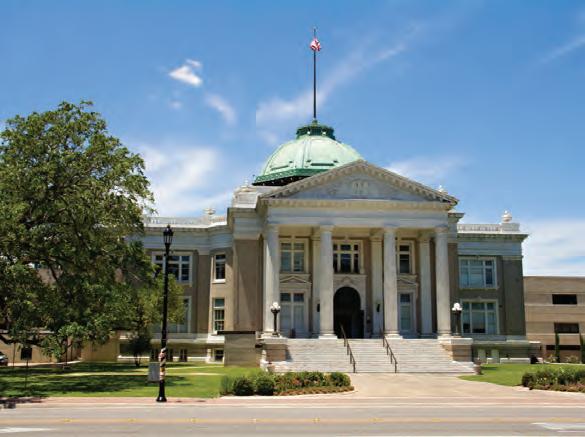
The 1911 Lake Charles City Hall circa 1911 1001 Ryan Street
The red-tile roofed Italianate City Hall is in contrast to the buff and marble Courthouse across the street, but it too was a commission of Favrot and Livadais started immediately after the Great Fire and opened in 1911. The open belfry tower features working clocks. Inside, three floors of galleries showcase various traveling arts and science exhibits. (NR)
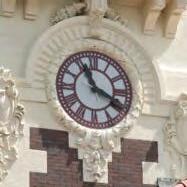
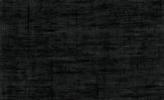
The Cathedral of the Immaculate Conception circa 1913 935 Bilbo Street at Kirby Street
Built using a dramatic dark red brick, the Romanesque Revival Cathedral of the Immaculate Conception serves the Roman Catholic Diocese of Lake Charles and is the third of the Favrot and Livadais buildings in this trio of recovery architecture from the Great Fire. The great interior spaces are graced by Viennese stained glass windows and Carrara marble gothic altars in the naves. The five story bell tower houses a one-ton working bell named “Mary.” (NR)
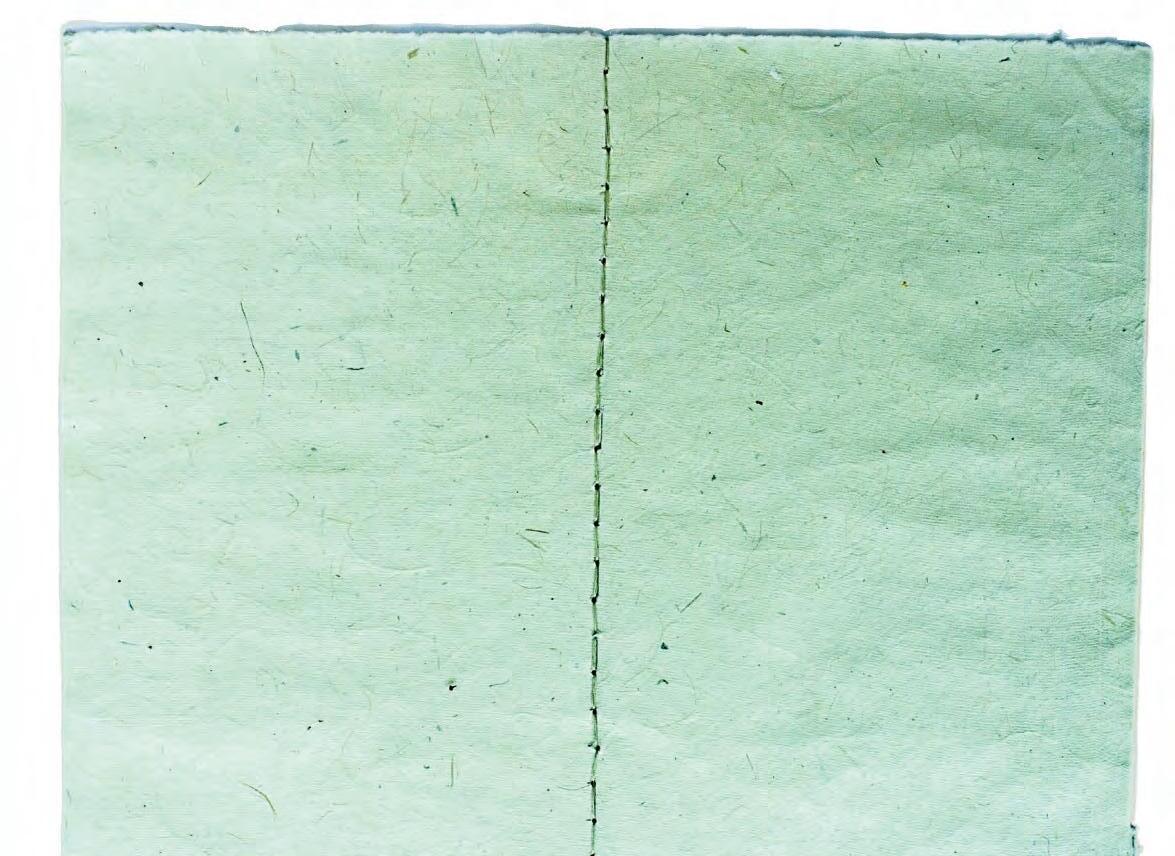
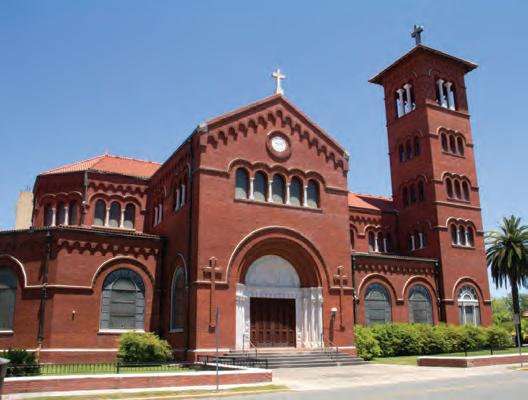
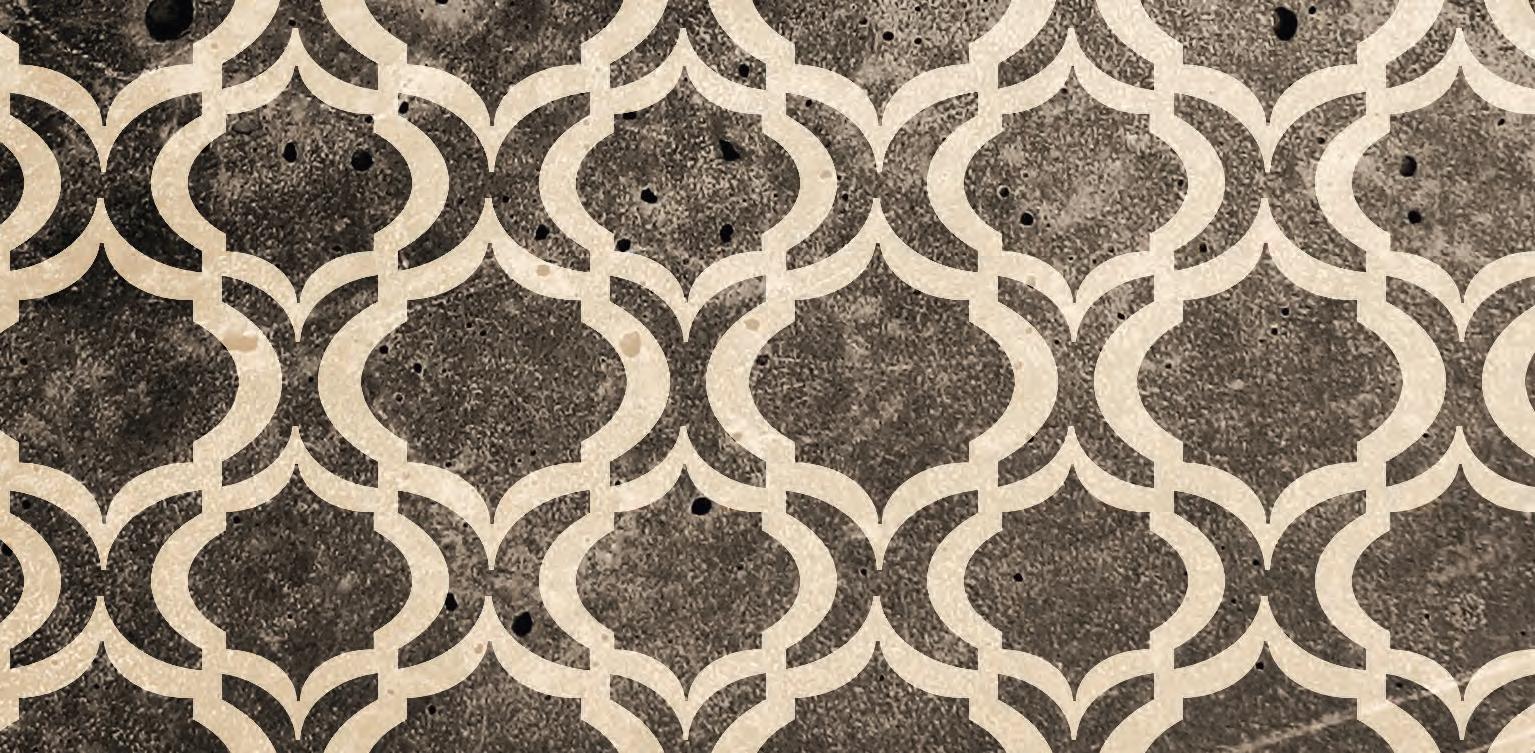
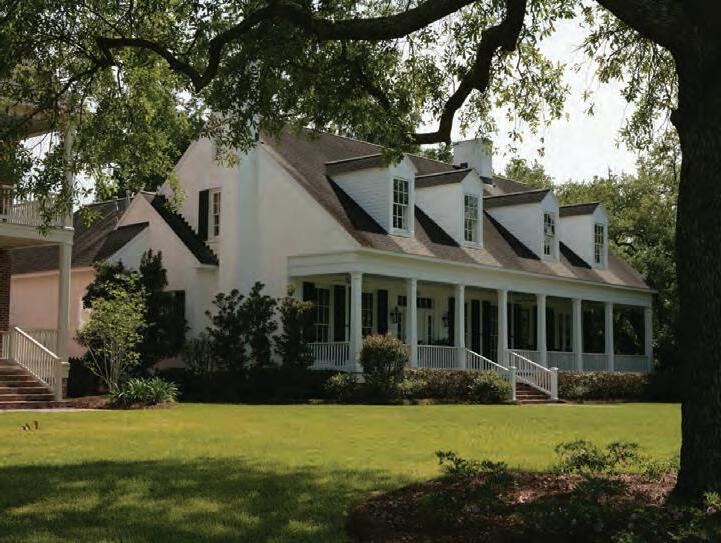
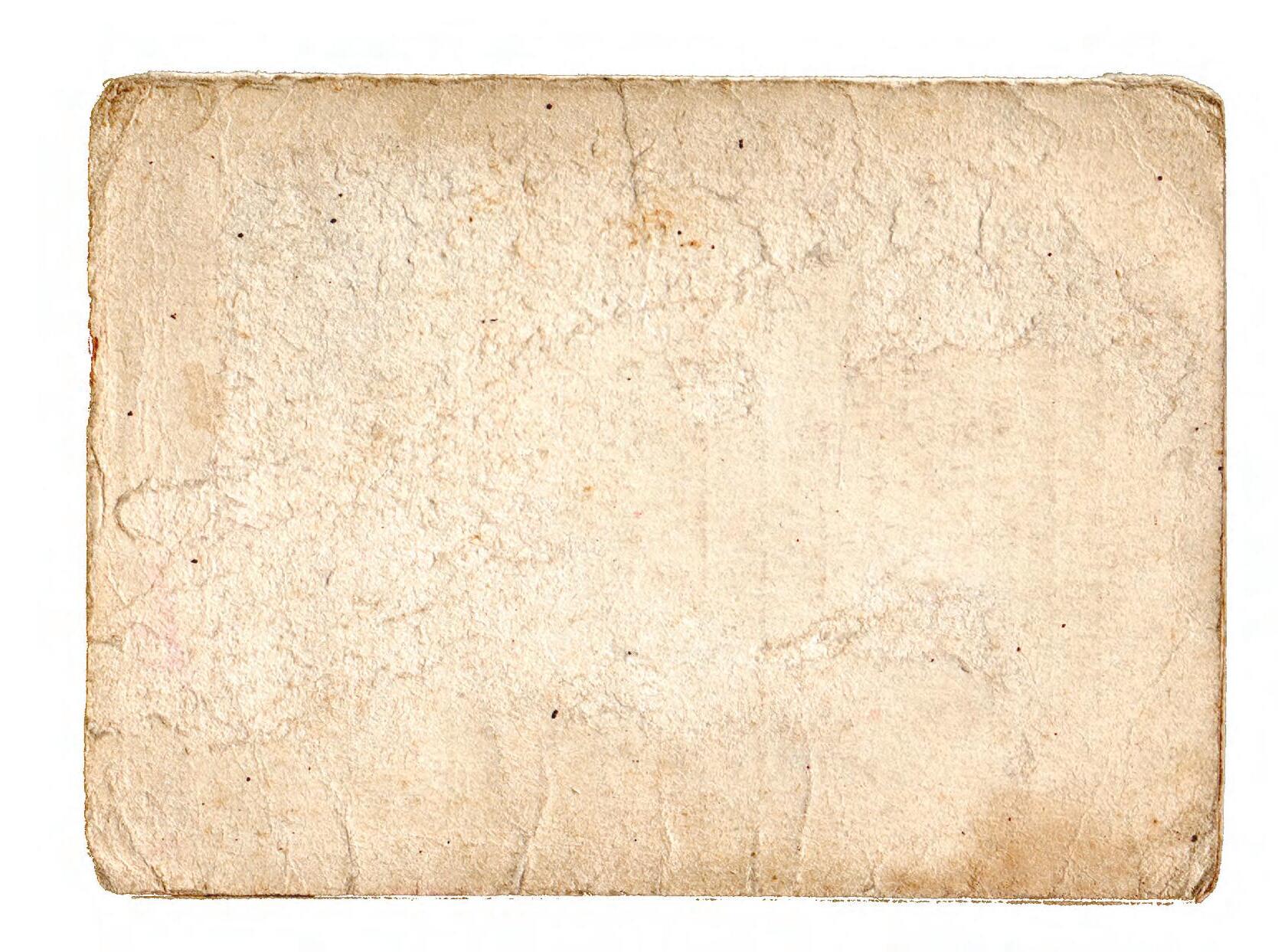
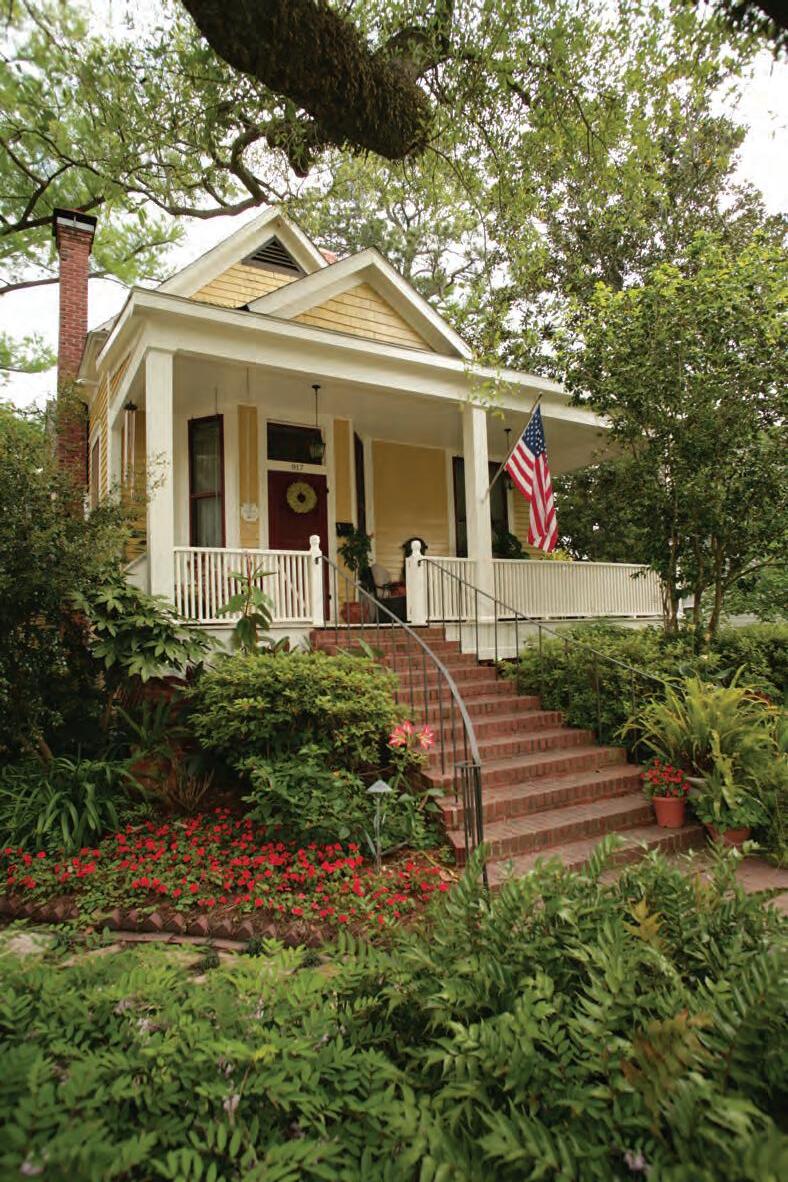
The Neighborhood Tours
The large Charpentier Historic District, a National Register listed site, can be divided into several neighborhood tours which can help organize your time and tell the story of this diverse and remarkable District. Over 400 structures comprise the District. Charpentier means “carpenter” in French, the working language of many of the very earliest builders.

THE KIRBY STREET AND PUJO STREET NEIGHBORHOOD TOUR
Located just south of Broad, this tour focuses on an interesting variety of house styles in an urban forest of live oaks and magnolias and beautiful sub-tropical gardens. The houses were constructed generally between the late 1880s and the early 1930s in a variety of styles from Eastlake to craftsman bungalow.
Travel Directions: Begin by going east on Kirby from the Public Square at Ryan Street.
720 Kirby Street circa 1890
A charming example of a stick style Queen Anne house with an asymmetrical side tower, bay window and Eastlake corner entrance porch.
809 Kirby - Central School Arts and Cultural Center circa 1912
Note the symmetrical front with the pediments marked Boys and Girls on either side of the central portico. Inside the restored facility are the Mardi Gras Museum, art galleries, performing art spaces, and working artists’ studios. Parking in rear.
917 Kirby – The William Peters House circa 1908
William Peters, a retail lumberman, used only fine lumber for his home with beautiful edge grain long leaf pine featured throughout. This foursquare uses Lake Charles style columns and a Palladian style dormer.
922 Kirby – The Arthur Hollins House circa 1905
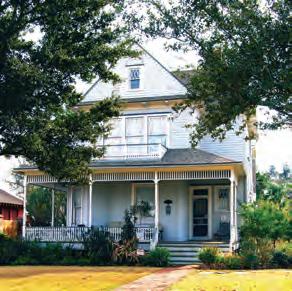
This is a decorative Eastlake style house built for the Rocks, the first couple married at Episcopal Church of the Good Shepherd. The three gabled windows feature true leaded diamond paned glass.

The odd number of columns is a common characteristic of Lake Charles architecture, and you will see other examples through the neighborhoods of the Charpentier Historic District and elsewhere in Southwest Louisiana. Wide brick steps lead to double glass French doors with sidelights.
Theodore Roosevelt spent the night here while on a sportsman’s paradise hunting trip in 1917. Note the massive two story columns.
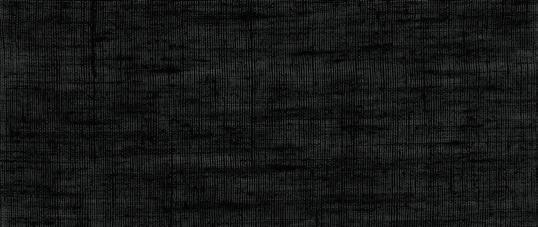
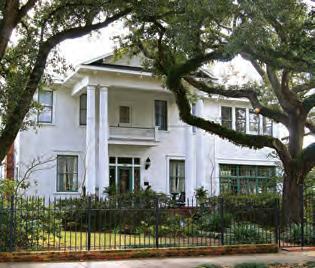
8
904 Kirby – The Erastus Boling House circa 1923
Double bricked walls and a solid brick foundation fortify this sturdy 20s bungalow with craftsmen trim. Much of the interior is authentic with edge pine flooring, cabinetry and builtins of the period.
902 KIRBY – THE GEORGE ROCK HOUSE CIRCA 1900
1004 PUJO CIRCA 1915
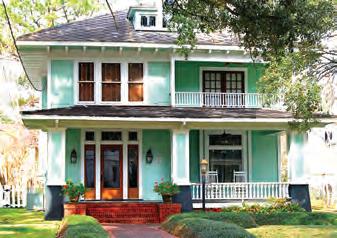
Bracketed turned columns support the double porches of this Queen Anne style house with a large bay window.

1021 Kirby circa 1915
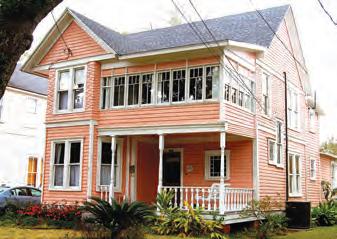
A true Italianate villa style with wide bracketed eaves, beveled glass in the entry door, transom and sidelights, and a distinctive Palladian styled dormer.
Travel Directions: Turn left (north) onto Louisiana then left again (west) to Pujo Street.
1030 Pujo circa 1895
The original Eastlake porch for this house was lost in the 1918 hurricane and was replaced with a colonial revival double-columned double-porch. The stained glass feature window is from an historic Texas church.
1019 Pujo circa 1900
This dormer-on-gable house with spacious front porch was physically relocated from its address on Lakeshore Drive, tucked into this wooded lot, and completely restored quite recently.
1018 Pujo – The Edgar Miller House circa 1914
A sterling example of a craftsman airplane bungalow built of longleaf pine, brick and stucco. Five windows in the “cockpit” dormer and a broad front porch roof acting as the “wing.” A sleeping porch was added in 1920 over the porte cochere, and 360 pieces of polished, beveled, leaded glass make up the front door.
1004 Pujo – The Arthur L. Gayle House circa 1909
A beaux-arts colonial revival house with an impressive four column portico and Juliet balcony is perfectly symmetrical except for a large conservatory and sleeping porch addition to the west.
919 Pujo – The Abraham Christman House circa 1908
A Louisiana cottage version of a Queen Anne style Victorian, this house originally stood on six foot tall piers until the 1918 storm. Luckily, the house was generally undamaged, and it was righted, but this time closer to ground level.
917 Pujo circa 1920
A superior example of a rare house type in the South, this is a camel-back California stick craftsman bungalow with prominent brackets and extended beams. In addition to its unusual style, it is built of brick and stucco.
Did you know?
Throughout the parish noteworthy structures are identified and marked by the Calcasieu Historic Landmarks Registry program. Structures are identified by a shaped white marble or cypress plaque generally to the left or right of the front door. The plaque lists the historic name of the building and its date of construction. In depth documentation of the structure is available for researchers at McNeese Archives in Frazer Library on the MSU campus. The Landmarks program is recognized as one of the best of its kind in the nation.
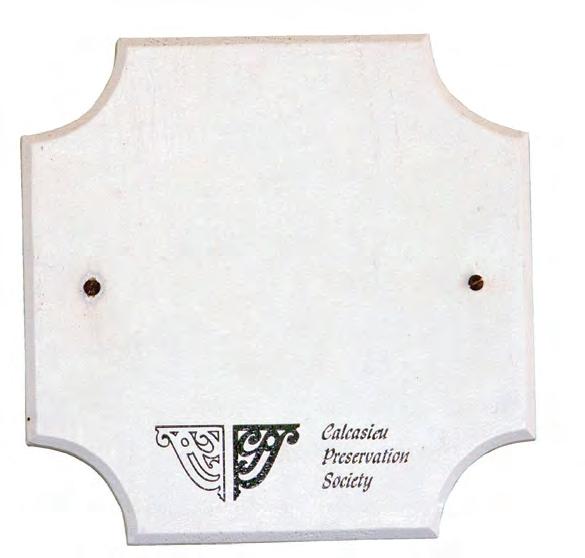
742 Pujo – The Samuel Woodring House circa 1907
Samuel Woodring, general manager of the Calcasieu Longleaf Lumber Company, hand selected the lumber for his massive show house. Originally built in the Queen Anne style, the house was remodeled sometime after 1918 to add the fluted columns and the wrap-around porches. Note the odd number of columns on the Pujo Street façade.
736 Pujo – The Edmond Chavanne House circa 1905
This American four square had been constructed originally with no porches, but by 1911 the owner decided to add double porches on three sides supported by fourteen large square pillars. Note the five columns on the Pujo Street façade— they have always been spaced as you see them.
714 Pujo – The George Taylor Rock House circa 1893
This is a three story house that combined Queen Anne style massing with Colonial Revival trimmings. Note the shaped shingles on the gables, dentil cornices, and the leaded floral designed windows in the bays.
703 Pujo – The Frank Roberts House circa 1894
The first house in the city designed by an architect, this house has had three major remodelings. Especially interesting are the separate servant quarters and conservatory on the grounds.
603 Pujo – The Fannie Quilty House circa 1890
Angles and gables jut, turn and surprise inside and out in this large Queen Anne style house with Eastlake style porches, elaborate shingle patterns and stick style gables.
518 Pujo – The Otto Tell Schindler House circa 1880
This house is shipbuilder-strong having been built using only cypress timbers held together with pegs. The original one floor house had a wide central hall and two rooms on either side, and a second floor was added in 1902 to accommodate the owner’s 10 children.
512 through 504 Pujo Street – The Mary Celina McCormick Houses
Four houses chart the interesting history of John and Mary McCormick who came to the area to publish the Lake Charles Echo, an early weekly newspaper, and later the Commercial, an early daily newspaper. They first lived at the 508 Pujo house, and built a one-story addition to house the printing business. In 1893, Mrs. McCormick built another two-story at 512 Pujo as rental property, and in 1915 she constructed a two-story four-square house at 504 Pujo as her new home. In 1920, the one story addition to 508 Pujo was detached, moved and remodeled into 510 Pujo as another rental property.
9
1015 Kirby – The Robert Leaker House circa 1905
1019 Kirby – The Leslie Coleman House circa 1890
A Victorian Queen Anne cottage with front bay, turned columns and balusters, and many ornamental period details including geometric shingles and bull’s eye interior trim.

411 Pujo – Calcasieu Parish LibraryCarnegie Branch circa 1950
The library is built on the site of the original 1903 Carnegie Library, and the 1950 building now houses both the downtown branch and the Southwest Louisiana Genealogical and Historical Library.
328 Pujo – Lake Charles City Hall circa 1948
Originally constructed by the Vincent and Welch Oil Company, the Pioneer Building was purchased by the City of Lake Charles and internally remodeled for housing city offices and council chambers. The exterior retains its distinctive midcentury look with fossilized limestone, green slate and Prairie-style moderne lines.
Pujo at Ryan—southwest corner, Charleston Hotel building circa 1929
Built at the twilight of the Roaring Twenties, the ten story hotel has a Moorish design style with an exceptional lobby done in Spanish tile and stucco. Currently the building houses retail businesses, office spaces, apartments and a ballroom. (NR) Broad Street was once the principal east-west thoroughfare in Lake Charles and was the route of the historic Old Spanish Trail, the original U.S. Highway 90, a transcontinental road that connected the Deep South with the Pacific Ocean. Originally lined with palm trees, Broad Street was the preferred location for the show homes of the so-called “Michigan Men” who relocated to this area after the Civil War to rebuild the lumber industry.
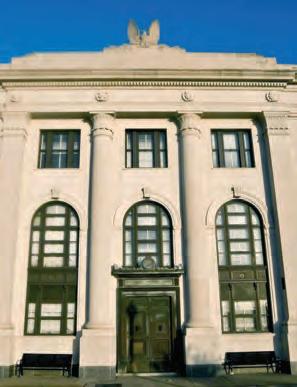
Pujo at Ryan – northwest corner, Calcasieu Marine National Bank building circa 1928 Elegant neo-classical design elements distinguish this Favrot and Livaudais designed “temple of money” with massive order pilasters, bronze front door, and arched windows. Currently used as an event center the interior spaces are magnificent with molded coffered ceilings, terrazzo floors, bronze windows and trims, and enormous holding vaults. (NR)
Tour directions: begin at the intersection of

THE BROAD STREET NEIGHBORHOOD TOUR

Travel Directions: Hodges and Broad, and proceed just north on Hodges.
501 Broad – old U.S. Post Office and Courthouse circa 1910
An exceptionally refined three story Renaissance revival palace with arched windows, bracketed eaves, tiled roof and strict symmetry, this building was constructed at a time when handwritten letters were an art form.
717 Hodges – Masonic Temple circa 1919
This impressive and elegant French beaux-arts style building is just north of the historic Post Office building. This is the third temple on the property, beginning with the first lodge constructed in 1860.
713 Hodges – Temple Sinai circa 1903
Just north of the Masonic Temple is the Byzantine-Romanesque Jewish synagogue. The Jewish community helped to shape both commerce and the arts in Lake Charles with such important contributors as Julie Muller--who founded Muller’s Department Store, Mayor Adolph Meyer, through Rosa Hart and the remarkable Kushner family of musicians, conductors and a Pulitzer Prize-winning author.
Travel Directions: Return to Broad to complete the tour. Proceed east on Broad.
517 Broad – The Dr. A. N. Pierce House circa 1900

An ornate Queen Anne House once stood where this Colonial Revival building now stands. In fact, it still does, as in the 1940s the owners removed the Queen Anne elements and added the brick and the Colonial features in an effort to “update” the old building.
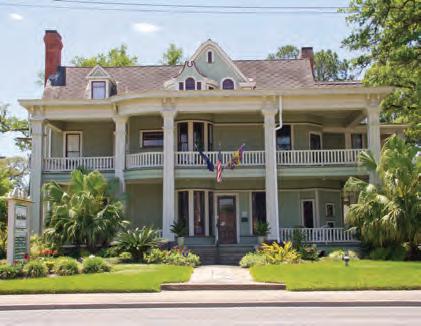
705 Broad –
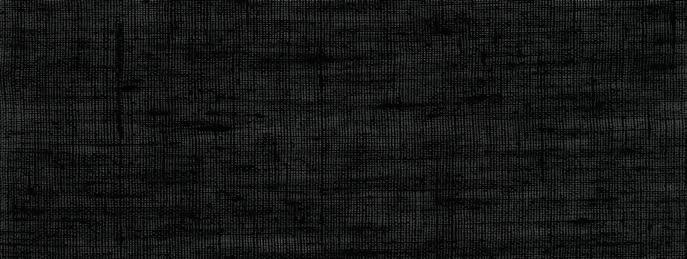
626 Broad – The W. E. Ramsey House circa 1885
A Michigan Man, Ramsey was the president of the largest lumber company in the region and organizer of the First National Bank. The house features 11 foot ceilings, exquisite wood work, trim and flooring, and a very animated, shingled and clapboard exterior.
1885
723 Broad – The Arthur Wachsen House circa 1905
The distinctive green Ludowici tile roof was added in 1920 to this sprawling Italianate-Colonial Revival villa with sprawling verandah and porte-cochere.
Kirkman at Broad – First United Methodist Church circa 1926
This sprawling Gothic-inspired complex with strong vertical lines, large lancet stained glass windows and clustered piers is locally known fondly as “Big
The R. H. Nason House circa
A Gothic-revival Victorian with a tower, arched windows, porticos, leaded glass, and Italianate touches, this is the robust show home of another Michigan Man who came to the area in 1883 to form the Calcasieu Lumber Company.
Methodist.” Note the rose window in the nearby Paxton Church Hall.
Did you know?
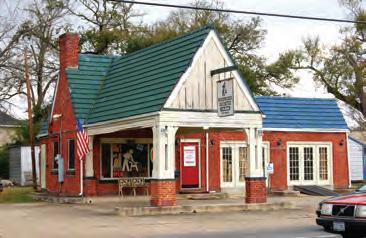
803 Broad – Pure Oil Gas Station circa 1920
This quaint picturesque red brick, tile roofed building represents the earliest generation of automobile service stations, when actual uniformed attendants would tend to your motoring needs. Originally a Pure Oil Company station, the building has had many other uses in its 90+ years.
903 Broad – The Chester Brown House circa 1904
A sawmill version of a Greek revival temple, this massive house was built for the treasurer of the Ramsey lumber Company. Eleven massive Lake Charles style columns support the “L” shaped gallery. The balcony is supported by rods from the roof.
915 Broad – circa 1905
An exceptional Colonial Revival with four massive Corinthian columns on the front and a semi-circular double gallery supported by Ionic columns on the west, this house was obscured for over 60 years by a commercial add-on that was removed recently.
929 Broad – The Fred G. Locke House circa 1910
A impressive Greek Revival house with four fluted modified Doric columns and triangular pediment that makes for a grand entrance. The house was constructed with lumber hand selected from the Locke-Moore Lumber Company for this, his own home.
1021 Broad – The George Baillio House circa 1927
This is a picturesque Hollywood Moorish style stucco villa suitable for the Baillios who owned a chain of regional movie theatres. Note the elegant arches and the Spanish tile roof.
Broad at Enterprise – Cash Grocery and Sales Building (Cash and Carry) circa 1937
Broad Street changes character from a residential neighborhood to that of a commercial and warehouse district at this intersection. On the southeast corner of the intersection, Cash Grocery and Sales is one of the last remaining railroad warehouses. Historically, it supplied independent grocers and restaurants; currently restored, it serves as an event venue. (NR)
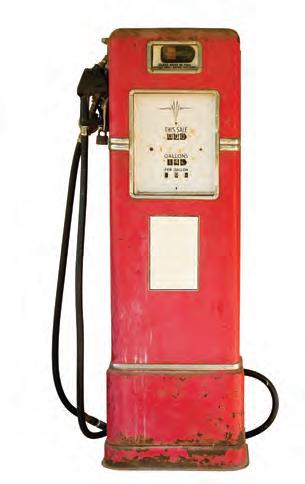

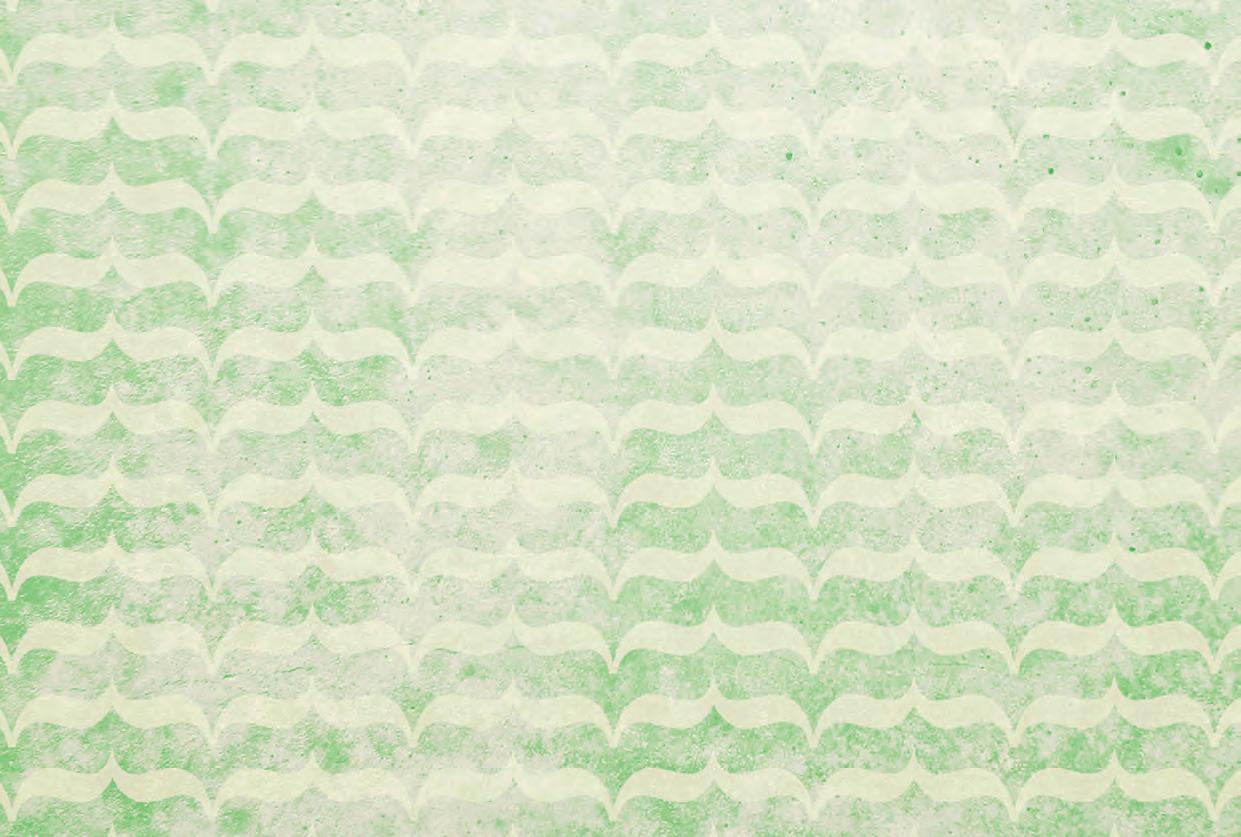



THE RAIL’S END NEIGHBORHOOD TOUR
North of Broad Street, and close to both the transcontinental rail line and to the lake, was an early industrial and transportation hub. Between the 1870s and the 1940s, this area was a working waterfront full of rail lines, warehouses, machine shops, sawmills, and other industrial businesses.
With the advent of automobiles and trucking, practically all of the businesses relocated to larger facilities in other parts of the area; however, even today some remnants remain of Southwest Louisiana’s early railroading history. In addition, there are a few cottages and lumbermen’s mansions tucked here and there that tell of earlier lifestyles.
Travel Directions: Begin at Lakeshore Drive and Pine, go east on Pine Street.
212 W. Pine – Reiser Machine Shop and Foundry circa 1896
The Reiser family relocated from Wisconsin to fabricate parts for industries in this area working from this graceful but sturdy looking building. Note the repeated arches. Currently the structure is used for engineering offices.
11
Enterprise Boulevard going south to Interstate 210 features landscaped medians with a double allee of live oaks until 12th Street. Houses along this street range from the late 1800s to mid-century Modern.
Travel Directions: North on Ryan then east on Pryce Street.
329 Pryce Street –The Sunset Hotel circa 1876
The Sunset served travelers on and workers for the Kansas City Southern and Southern Pacific Railroads whose depots were only a few blocks away. The Sunset offered clean rooms. The building features a rare cast iron façade, locally fabricated.
403 Hodges (at Pryce Street) –The Claiborne Perkins House circa 1884
A blend of Queen Anne with Colonial Revival styling, this house has intricate shingling, Ionic columns and a rising sun motif on above the entry. Early settlers in Calcasieu Parish, the Perkins family were involved in the lumber business.
Travel Directions: South on Pryce Street to Pine then right.
401 Pine –The Dr.A.J.Perkins,Jr.House circa 1893
Dr Perkins was the son of the first native-born sawmill owner and had access to the best lumber. This Queen Anne gem is a charmer with the distinctive “O” shaped gallery on the second level and wonderful lapped shingling.
110 W. Pine – KellyWeberWarehouse circa 1895
Located on a block that was once crisscrossed by rail lines, this is one of the last remaining railroad-era warehouses in the city. Long a part of the Kelly Weber business empire of wholesale, retail, agricultural and lumber interests, the building is now a restaurant, pub, and event center.
THE GERMANTOWN NEIGHBORHOOD TOUR


In the 1840s and ‘50s, one of the largest groups to settle in Lake Charles came from the north German coast, lead here by the Goos family, who settled in upper Lake Charles, later known as Goosport. The Germans were experienced lumbermen and shipbuilders and left a tradition of excellent wood craft, some of which can be seen in houses and structures in this neighborhood.
Travel Directions: Begin at Broad Street headed north on Moss Street.
722 Moss – The E. H. Green House circa 1905
Three fluted columns are uniquely set on the porches of this unusual Greek Revival house, with smaller columns supporting the second floor gallery.
Tour directions: jog left onto Division Street then jog right on Moss.
Moss at Mill – Southwest corner – 530 Mill – The Leland H. Moss House circa 1883
An early example of a Greek Revival house with irregular massing, three massive Ionic columns supporting the porch roof and Italianate brackets support a Juliette balcony above the front door.
504 Moss – The Ernest Bel House circa 1890
Built by J. A. Bel for his son as a wedding present, this substantial house has 17 rooms and a five room carriage house. There is a hidden widow’s walk above the attics.
Did you know?
Division Street from here to the Lake marked the dividing line between the Bilbo family farm and the Ryan family farm. Together those farms were divided into streets and lots to form early Lake Charles.
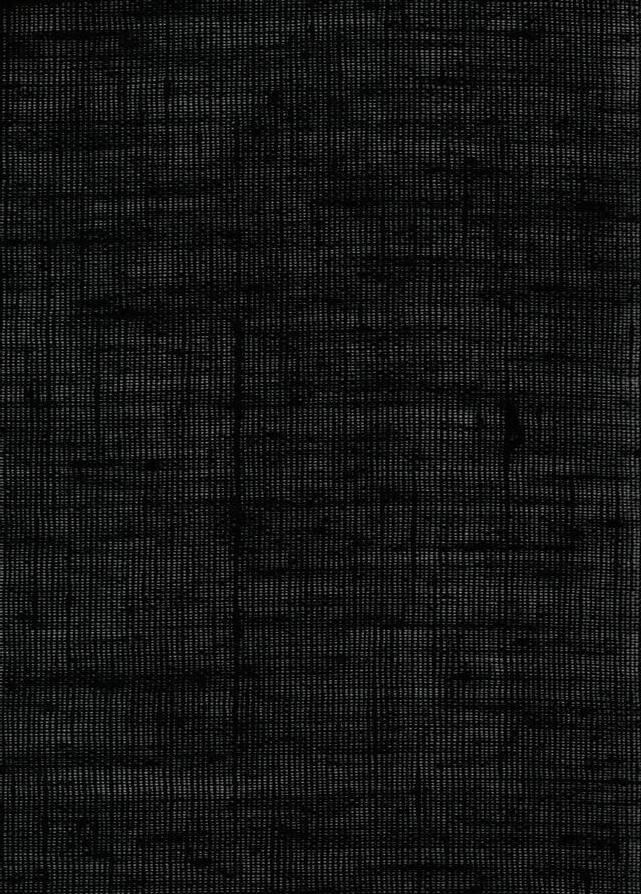
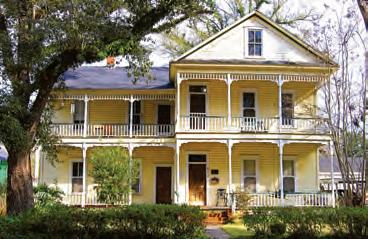
Four Eastlake-style porches grace the façade of this center hall Victorian house. At one time three additional service porches were on the back, giving this house more porch space than interior space.
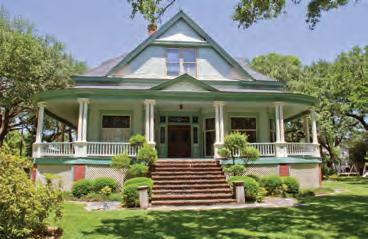
This grand raised house was built for Catherine Goos and Willie Flanders and is an outstanding example of intricate workmanship. A masterful mix of Flemish, Gothic and American Shingle style, the exterior is of cypress clapboard with unique bowed windows. The wide curved porches have double columns supporting the pent roof.
12
617 Moss –The Babette Platz House circa 1890
Moss at Mill–Northwest corner–605 Mill The Flanders House, circa 1900
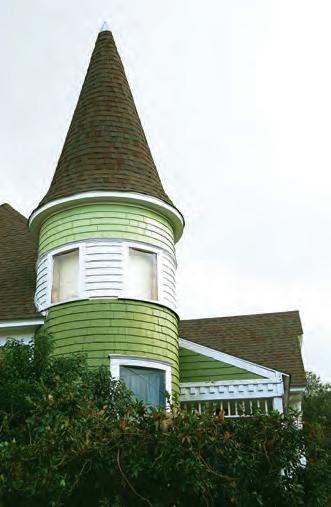
Did you know?
For over a hundred years, sailing schooners from Lake Charles traded with Galveston and other gulf port cities, with cargoes of lumber, cattle, citrus, rice, and other commodities. As late as 1900, after the Great Storm that destroyed much of Galveston, Lake Charles lumber was used to rebuild that Texas coastal city.
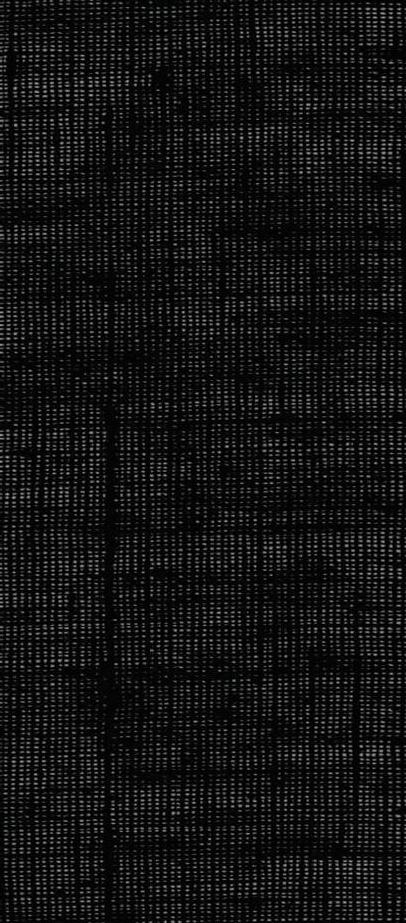
503 Moss – The Alfred Reid House circa 1891
The witch’s hat turret is the eye-catching feature of this raised Victorian cottage with half timbering and shingling. A mirror-flipped twin of this house is located at Moss and Division Street minus the witch’s hat.
314 Moss – The Captain Simon Jacobson House circa 1885
This raised Victorian cottage follows the traditional shape of the seafarers cottage, common on Galveston island but rare in Lake Charles.
Travel Directions: Right on Belden Street to Ford, then south on Ford Street
504 Ford – The David John Reid House circa 1879
Built of pine and cypress, this impressive two-and-a-half story sawmill Victorian has exceptional dentil work at the roof eaves and dormers. The original elaborate porches were destroyed in the 1918 hurricane, however they have been replaced by simpler wraparound porches.
518 Ford – The Charles Fitzenreiter House circa 1901
A Victorian raised cottage with turned columns supporting a front gallery, this is a good example of the millwork, shingles, and lumber produced in the area.
519 Ford – Old St. John’s Lutheran Church circa 1888
This frame chapel-style building is the oldest standing church in Lake Charles and first served the German community. The open belfry was closed in when the bell was relocated to the new church.
618 Ford – The Walter Goos Cottage circa 1892
A strongly geometrical roofline with large eaves gives this Victorian cottage a tailored masculine feel.
624 Ford – The Walter Goos House circa 1903
When finances improved, Walter Goos built this impressive three story home with a grand portico supported by massive Lake Charles columns. This Colonial Revival gem is entirely built of cypress, and together with the first Walter Goos house serves as a bed and breakfast inn.
Travel Directions: Turn left (east) onto Divison Street.
712 Division – The Neil Bryan House circa 1920
This is a good example of the so-called “airplane bungalow” which appears in various forms throughout the District in both wood and in brick (see 714 Division). In airplane bungalows, the projecting dormer is the “cockpit” above the wide “wing,” the porch roof.
Division Street at Kirkman – 715 Kirkman Street –Episcopal Church of the Good Shepherd circa 1897
This English Gothic gray sandstone church features elegant stained glass windows and an exceptional hammer-beam ceiling in the sanctuary. While the sanctuary dates to the 1897 date, additions including the church hall and portico were designed to match the authentic Gothic look. (NR)


Lake Charles had electric streetcars as early as 1894 and one of the lines ran from downtown via Kirby and Kirkman Streets to serve the residents of upper Lake Charles and of Central Place, a prestigious neighborhood that developed on South Division Street. Elegant large homes in distinctive styles can be found in this charming part of the city.
Travel Directions: Begin at the intersection of Kirkman and South Division going east.
824 South Division –The Guy Beatty House circa 1892
This large Eastlake-style Victorian features decorative gables and fretwork trim. Originally constructed for Beatty who was the editor of the daily Lake Charles American Press.
13
TOUR
THE CENTRAL PLACE NEIGHBORHOOD
825 South Division – The Dr. John Greene Martin House circa 1900
A good example of a Victorian villa with Italianate styling, this house is characterized by box bay windows and a flatter roofline than on other styles.
901 South Division – The Judge Winston Overton House circa 1901
The original Queen Anne Revival turned posts and railings of this house were replaced with more stylish Lake Charles columns in 1910; however, the basic lines of the house were not changed one bit.
902 South Division – The William K. Gray House circa 1922
A Georgian brick mansion was designed by Favrot and Livaudais to replace the original Gray house on this site that was damaged in the 1918 hurricane. Clustered Corinthian columns support the entrance portico, and the entire house has an elegant refined grace.
907 South Division – The Harry Mulligan-Ida Winter Clarke House circa 1896
Built of heart pine and cypress, this Victorian house has extensive Steamboat Gothic trim, trelliswork, and cutout fretwork, which gives this house an open, playful air.
917 South Division – The BeattyPonton House circa 1896
This Victorian raised cottage has a three sided entry bay and patterned shingling on the gables.
928 South Division – The Roberts House circa 1918
This Colonial Revival is reputed to be an upscale “kit house”.
Did you know?


THE MARGARET PLACE HISTORIC DISTRICT TOUR

Recognized as a City Historic District with an active neighborhood organization, the Margaret Place District is a jewel-box sized area bound by the Lake, Park Avenue, Ryan Street, Dr. Michael DeBakey Drive and Griffith Coulee. Southwest of downtown Lake Charles and developed as the original streetcar-subdivision after the Great Fire of 1910 encouraged suburban growth.
The developer had sold lots on what had been known as “Margaret’s Pasture” where the principal Perkins house and farm had been located. Prior to the Perkins, the area had been settled in the early 1800s by Michel de Pithon, a French veteran of the Napoleonic wars who immigrated to Louisiana and bought the land for “a barrel of whiskey and two good blankets.”
Travel Directions: Begin at Lakeshore Drive and Park Avenue proceeding east.
Park Avenue at Griffith – 1505 Griffith – The Dr. H. B. White House circa 1919
This Craftsman-style gem with a generous porch is an upscale kit house and was the first area residence to have a central heating system.
222-224 Park Avenue – The Brulet Apartments circa 1934
An early executive apartment complex, with four one-bedroom apartments per building, these apartments featured hardwood floors, nine foot ceilings and efficient built-in dinettes that folded into the wall to save space.
115 Park Avenue – Margaret Manor Apartments circa 1920
The very first apartment house in Lake Charles, the four-unit complex features Hollywood Moorish styling with pink stucco, ten foot ceilings, cozy studies, sun-porches with casement windows and black-and-white tile floors.
Travel Directions: Turn right (south) on Ryan Street.
1500 Ryan Street – Lock Park and Lock Park Pavilion circa 1918
A small but significant city park, the grounds, pavilion and caretaker’s cottage were donated to the city by the Lock family in honor of Captain George Lock. Favrot and Livadais designed the central Pavilion.
1536 Ryan Street – Immaculate Conception Cathedral School circa 1949
This massive brick school with Gothic styling is the second successor to the convent school which had been lost in the Great Fire of 1910.

Travel Directions: Turn right onto Dr. Michael DeBakey Drive, two blocks then turn right onto Harrison Street, passing the gateposts of Margaret Place.
Dr. Michael DeBakey was a native of Lake Charles and a world-renowned surgeon, pioneering procedures in cardiac care, inventing instruments for surgical use, and teaching generations of surgeons. As an Army physician, he is credited with creating both the Veterans’ Administration Medical Research system and the mobile-surgical units known as “M.A.S.H” for use in combat. He died at nearly 100 in 2008, and what had been known as “South Ryan Street” was renamed in his honor.
131 Harrison – The Piper House circa 1940
The extensive grounds and mature plantings of this house frame an attractive entry court instead of the usual porch or portico. This was once the home of the Catholic bishop of Lake Charles.
Kit houses were entire houses— from foundation, framing, flooring, walls, plumbing, electrical, trim,
windows, doors to roofing-literally thousands of pre-cut, pre-fitted parts-- ordered from Sears Roebuck, Morgans, Marshall Fields, and other national vendors. The kit houses were shipped by rail along with detailed instruction books on how to assemble using local carpenters and masons.
Travel Directions: Turn right onto Grove Street.
106 Grove – The John R. Stevens Craftsman Bungalow circa 1920
The low-pitched gabled room, exposed rafter tails, grouped multi-paned windows and tailored detailing and trim make it a great example of textbook craftsman bungalow.
101 Grove – The John Texada House circa 1914
A superb raised cottage with a distinctive jerkin-head gable, this builder designed house used heart pine and cypress with curly cypress for interior trim. A grand exterior staircase leads to the wrap-around porch and bedroom wing.
Travel Directions: Turn left on Wilson Avenue.
212 Wilson – The Cullen Liskow House circa 1925
This English Tudor style bungalow features a steeply pitched slate room, narrow windows and decorative half-timbering with stucco. The builder was a well-known oil and gas attorney; his alma mater, Tulane awards the Cullen Liskow prize for studies in energy law.
220 Wilson – The William Henry Managan, Jr. House circa 1920
This honeymoon cottage is built with local lumber from the Managan Lumber Company holdings in Louisiana and with clear Oregon lumber interior trim from the Managan properties there.
Wilson and Pithon intersection – 101 Pithon – The James Clooney House circa 1912
The Clooney brothers each built homes early on in Margaret Place. This American foursquare features Tuscan columns and chased Chippendale balustrades on the front and side porches. Note the lush tropical gardens. The other Clooney house is a Landmark Register property on Grove Street.
330 Wilson – The Leon Locke House circa 1912
Favrot and Livaudais designed this impressive Italianate villa for pharmacist mayor Leon Locke. Locke was active in civic and transportation and is the father of the Intracoastal Waterway, having lobbied actively for its creation.



THE SHELL BEACH DRIVE TOUR
Shell Beach Drive which skirts the Lake on the south shore was once the continuation of the Old Spanish Trail. For decades before the opening of the 1950 Calcasieu River (I-10) Bridge on the north edge of the lake, transcontinental drivers were treated to some of the most sumptuous architecture and gardens on this very drive. Many properties have boathouses that reflect the styles of the houses.
Travel Directions: At Shell Beach Drive, turn left (west).
205 Shell Beach Drive – The Oliver Stockwell House circa 1937
Designed in the style of a Greek Revival plantation home and built as a wedding present for the Stockwells, this house is crafted in cypress, oak and magnolia wood.
Travel Directions: Begin at the intersection of Shell Beach Drive and Wilson Avenue and head west.
417 Shell Beach Drive – The Annie Goos House circa 1912
A great example of a Dutch Colonial revival house with a gambrel roof and dormers, this is one of several homes designed and built by the prolific Goos family.
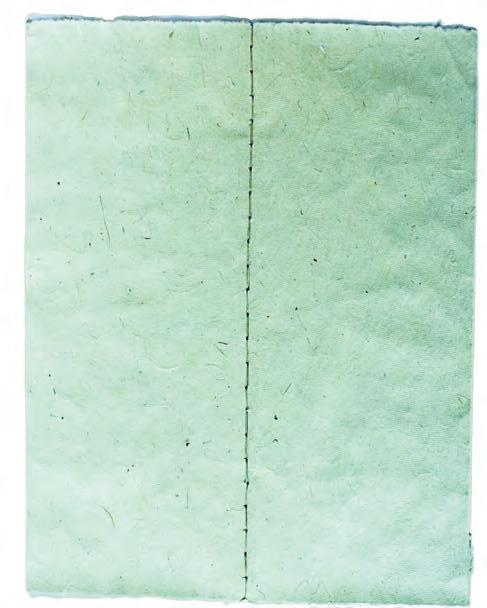
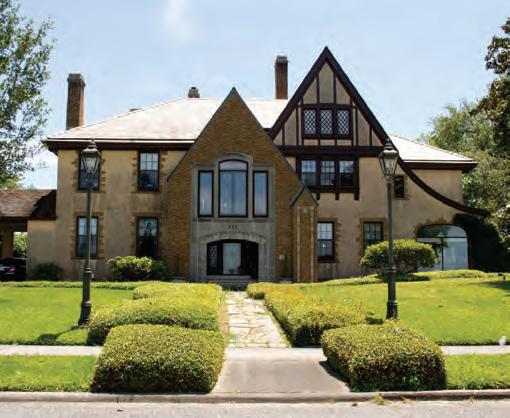
623 Shell Beach Drive – The Rudolph Krause House circa 1927
This Scottish-Tudor-Balmoral-style mansion with rusticated stucco and brick, leaded glass and half timbering would perhaps be more at home in the highlands of Scotland than in subtropical Lake Charles, and the views from its windows are spectacular.

15
Did you know?
Just to the west of the Intersection of Barbe Street and Shell Beach Drive, note the wooded land which is part of the Barbe family homestead. On the water’s edge near the intersection of Lake Street and Shell Beach Drive was located the famous Barbe Pleasure Pier, a theatre, casino and dance hall that extended 200 feet into the lake. At the turn of the last century, this was a center of recreation and entertainment—in fact the Pier was the terminus of one of the city’s several streetcar lines.

711 Shell Beach Drive – The M. L. Kreamer House circa 1900
This all-pine sawmill Victorian is one of the older houses on Shell Beach Drive and sheltered the Kreamer family when they relocated to Shell Beach Road then just a dirtand-oyster-shell path.

811 Shell Beach Drive – The Fletcher Wilmore House circa 1905
This American Foursquare with double porches and ventilator cupola reflects its original welcoming look. The house offers great views of the water.
813 Shell Beach Drive – The John L. Farque House circa 1907
A raised Louisiana cottage with a wide center hall and front galleries, this design reflected the successful coastal traditions of elevating living space above the damp and of aligning windows and doors to allow for cooling lake breezes.
905 Shell Beach Drive – The Barbe Family Homestead circa 1829
This two-story sawmill Victorian farmhouse with double porches was built around the original Barbe cabin, family tradition says, started in 1802. As the family grew, the house was expanded to this farmhouse.
1301 Shell Beach Drive – The Krause-Burton House circa 1925
Massive Ionic columns support a classical portico on this Roman revival mansion with extensive grounds and gardens. Palladian windows are featured on the symmetrical front façade, giving this red brick, Gatsby-era mansion a truly River Road Plantation air.
1401 Shell Beach Drive – The George Law House circa 1920
Beautiful naturalistic grounds and a Lutyens-style pergola along the façade give this three story pine and cypress villa a distinctive English country-manor look. The main entry to this house is informally off the porte cochere.
2417 Shell Beach Drive – The Matilda Geddings Gray House circa 1923
Favrot and Livaudais designed this Greek Revival house to showcase art treasures collected by the owner, daughter of John Gray who relocated to Southwest Louisiana after the Civil War devastated his fortunes. He settled on what was to become one of the richest oil fields in the country.
Travel Directions: Turn right from Shell Beach Drive to Marine Street.

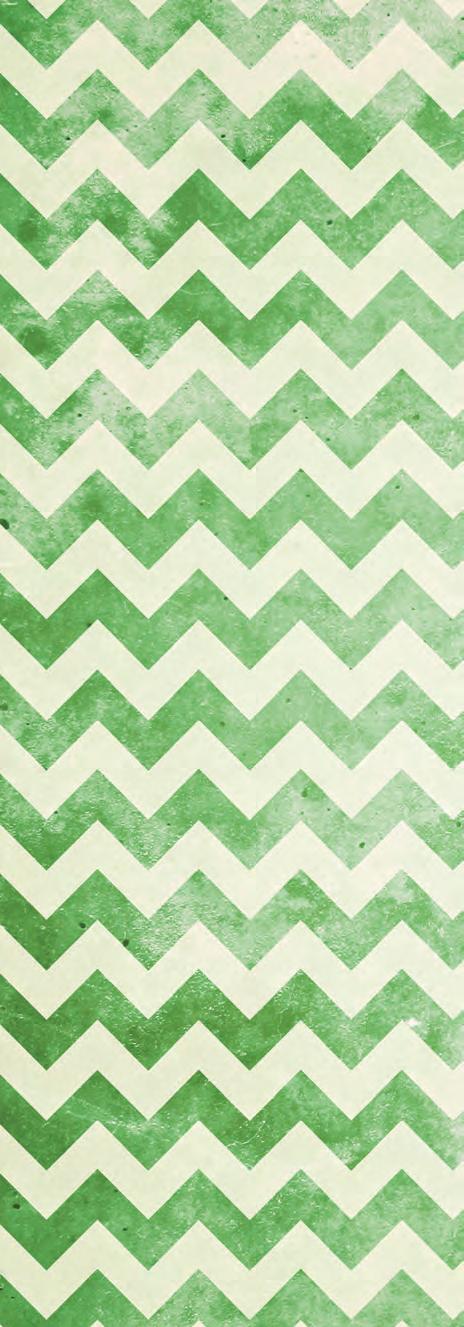
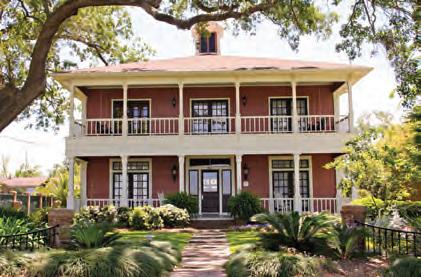
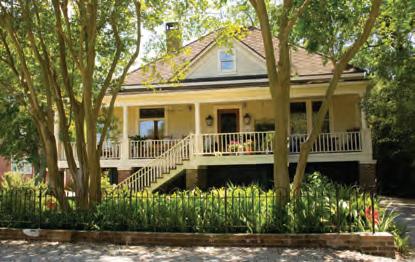
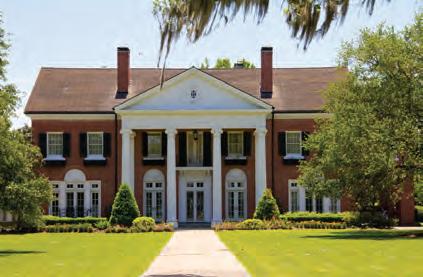
16
Did you know? The Port of Lake Charles city docks occupy the peninsula bounded by Marine Street on the east, the Calcasieu Ship Channel on the north and west, and Contraband Bayou on the south. Established in 1926, the Port provided a road and rail connections to the Calcasieu River, which had been straightened and deepened to 40’ to allow for ocean going vessels and to connect with barge traffic on the Intracoastal Waterway south of the city. The Port is an economic generator for the area, owning and managing industrial and recreational real estate all along its waterways, providing intermodal transportation, and encouraging industrial diversification.
811 Shell Beach Drive
813 Shell Beach Drive
1301 Shell Beach Drive

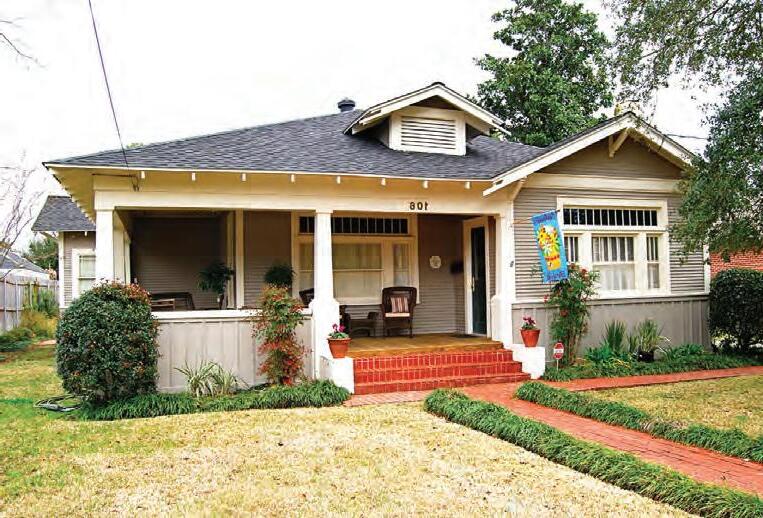
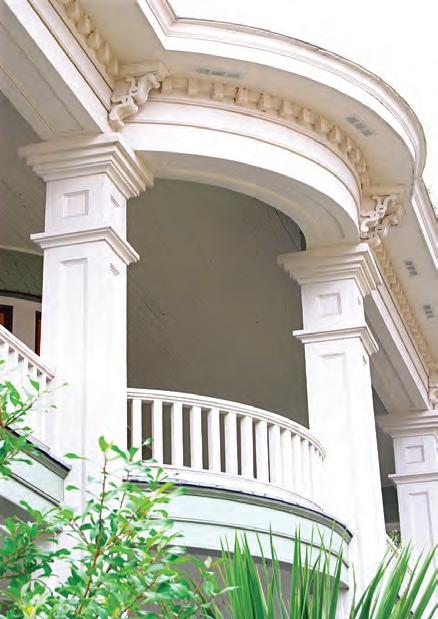

Glossary of Styles and Terms Used in this Guide
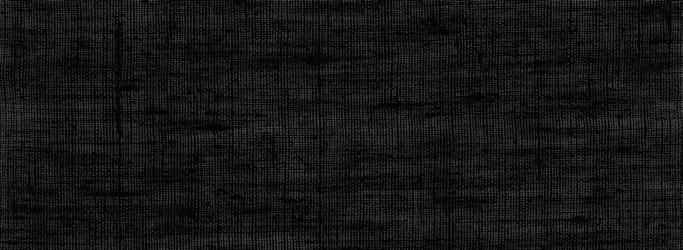
Lake Charles Column –a paneled, slightly tapered, square column, essentially a sawmill town version of a Greek revival column. These paneled columns can be seen on many properties in the area, and have been academically determined to be a distinctive part of Lake Charles architectural heritage. The column was used to replace earlier turned Eastlake-style columns on many historic properties such as 626 Broad Street, 901 South Division, and 511 Hodges in Lake Charles.
Victorian – Refers to architecture constructed in America and in England during the reign of Queen Victoria (1837 to 1901). There were many styles used in Victorian architecture including revivals of earlier styles interpreted and popularized by designers and architects. Their pattern books were popular; these allowed the general public an opportunity to build to a particular taste or style. Here in Southwest Louisiana, the abundance of wood allowed for a great variety of styles and shapes in architectural features, and encouraged a mixture of styles.
Gothic Revival – inspired by medieval churches and monasteries. Look for leaded windows, masonry or stucco, pointed arches, and crenellations.
Greek Revival – inspired by Greek temples, use of columns in the three orders, Doric, Ionic and Corinthian, symmetrical and balanced, simple rooflines with porticos and rectangular openings.
Classical or Roman Revival – inspired by Roman buildings and temples, use of arches, columns, domes, dentils, particularly as viewed by the Renaissance designers like Palladian whose designs were favored.
Italianate Revival—inspired by Italian country architecture, irregular in shape, towers with shaped roofs, long arched windows, square bays, tile roofs, brackets and balconies, flatter rooflines.
Colonial Revival – simplified symmetrical, restrained look, uses classical or Greek models, in US sometimes called Federal style, related to the English Georgian style.
Queen Anne – several variants include gingerbread trims, turned columns, stick-styling, or shingle styling with various colors, irregular shaping, lots of detailing, trellis work, steep roofs. Eastlake refers specifically to the designs of Charles Eastlake who encouraged highly decorative elements including turned and shaped columns, trims, woodwork and surface carving.
Bungalows are space efficient one-story cottages with wide doorways, clustered windows, open floor plans, and extensive use of built-ins. Bungalow exteriors can be of many styles: Hollywood Moorish, English Tudor, even Greek revival—but classically, the ideal bungalow was craftsman in style, which meant exposed rafter tails, less ornamentation, simpler forms, low roofs, crafted hardware, and porches.
Cornice – a continuous horizontal projecting feature that marks the edge of a roof.
Favrot and Livaudais – a respected firm of architects based in New Orleans who created classically derived structures of character and high detail. The Favrot and Livaudais firm were arguably the trophy architects of the day, and designed and built dozens of landmark structures in the South.
Foursquare – an American house-type characterized by simple lines, uniform and simplified lines, and a rejection of ornamentation.
Gable – the triangular portion of the front or side of a building having two sloped roofs.
Porte cochere – a covered entrance used to protect discharging passengers out-of-the weather.
NR – National Register of Historic Places.
17
THE SULPHUR AREA TOUR




During the search for oil in 1867, the element sulfur was detected under several hundred feet of treacherous shifting sands. Over several decades, many men attempted to mine this important element using conventional shafts and methods to no success until the German chemist, Herman Frasch developed a method here in 1890 to extract sulfur using pressurized hot water. The resulting molten sulfur was dried in 100 by 400 foot vats 50 feet tall, then pulverized for shipment. The Union Sulphur and Brimstone Mines revolutionized the American chemical industry by breaking the Italian monopoly on sulfur and “the fifty richest acres in the world” was created right here.
The town grew almost overnight with new settlers from as far away as Canada and Germany working in the vital sulfur industry. Sulfur is used in the manufacture of many common products from drugs and medicines to pesticides, paints, gunpowder and even automobile tires. The deposit was mined out in the late 1920s, just as petroleum and petrochemicals became more important local industrial players.
And please note that the city is spelled Sulphur (the British spelling); the yellow element is usually spelled sulfur.
18
Maplewood School EXIT 20 EXIT 21 EXIT 23 I-10 ////////////////////////////////////////////////////////////////////////////////////////////////////////////////////////////////////////////// ///////////////// ///////////////////////////////////////////////////////////////////////////// W. LINCOLN E. NAPOLEON (HWY 90) S. HUNNINGTON (HWY 27) S. HUNNINGTON S. IRVING S. STANFORD S. CROCKER N. CROCKER W. ELIZABETH E. ELIZABETH CYPRESS E. LOGAN W. LOGAN S. RUTH S. RUTH PECAN MATHILDA LIGHTNING MOUNT RUTH ST. E. DARBONNE STARLIN HENNING MAPLEWOOD DR HWY 108CITIES SVCS. HWY. CENTER CIRCLE MULBERRY CYPRESS MAPLEWOOD BEGLIS PKWY ARIZONA ARIZONA GINGER TAMARACK DEAN N. BEGLIS PKWY 210 203 404 320 204 221 321 313 908 206 802 1302 923 121 441 30 Grove Park at Heritage Square
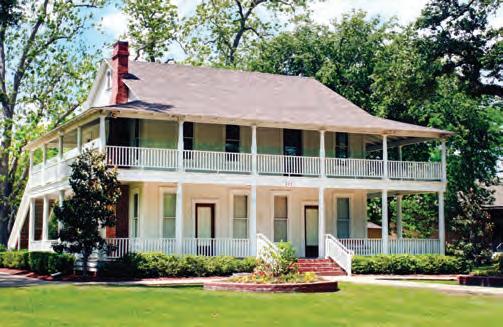
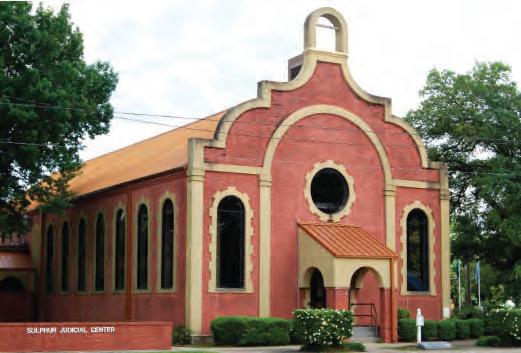
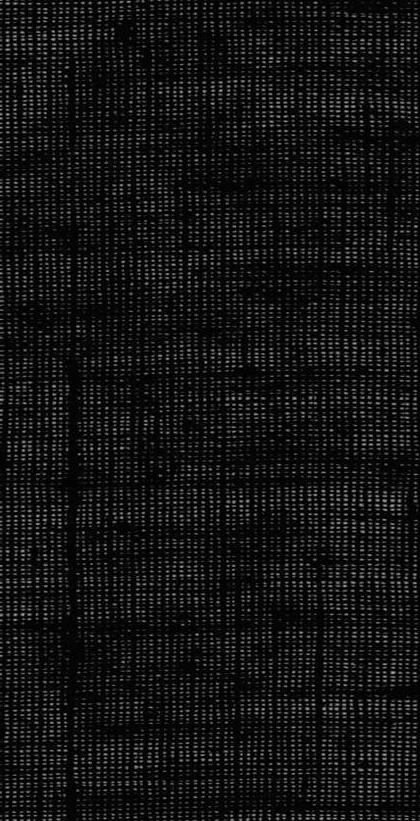
221 West Elizabeth – The Dr. W. A. K. Seale House circa 1936
Travel Directions: From Interstate exit 20 (Ruth Street),travel north to first stop.
923 Ruth Street –The Henning Cultural Center circa 1910
The farmstead of the Reverend John T. Henning has always stood on this parcel of land, once an 80 acre rice and cattle farm. Wraparound double verandas made for hospitality and allowed for cooling breezes. Now it is a showcase for changing art exhibitions.
802 South Huntington – Old Our Lady of Prompt Succor Church circa 1922
WhenthecongregationoutgrewthisDutchColonialstyleredbrickchurch,theSt. Francis De Sales Oratory/Institute of Christ the King took over the facility.
404 South Huntington – Henning Memorial United Methodist Church circa 1884
The site has been in use since the founding of the church in 1884.
Travel Directions: Turn left (west) on West Elizabeth.
204 West Elizabeth – The Ola Silcott House circa 1920
Built by an executive with the Union Sulphur Company, this house features a wrap around porch and sunroom.
A 1935 edition of Better Homes and Gardens magazine provided the house plan for the house, built as a gift to the newlywed couple.
321 West Elizabeth – The Eulice Picard House circa 1891
The oldest documented house in Sulphur was built by the first city marshal of the town. The interior has a wide center hall and 12-foot ceilings to capture the breeze.
321 West Elizabeth – The Numa Hebert House circa 1918
The house was built on the corner of a 163 acre parcel of land bought directly from the U.S. Government for $189.
Travel Directions: Turn right (north) on Crocker Street.
203 South Crocker – The Madison Lyons House circa 1900
Built to suit one of the early physicians, this house in later years served as a boarding house for single school teachers.
Travel Directions: Turn right (east) onto Napolean, and continue to the intersection of Napoleon and South Huntington.
121 South Huntington – old Paragon Drug Store circa 1918
This custom designed commercial building was the site of one of the oldest pharmacies in Louisiana replacing an even earlier wooden building. The interior retains its original tin ceiling and hexagon tile floors. Currently used as a bakery and sweet shop.
206 South Huntington – old Etie’s Store circa 1928
Located in what was a busy and dense downtown, Etie’s store was a longtime fixture in Sulphur, having moved to this location from north of the railroad tracks where the business started in 1917. Currently used for professional offices.
Travel Directions: North on Huntington, then left (west) on Lincoln.
210 West Lincoln – The Dr. Alvan LaFargue House circa 1918
A native of Marksville, Louisiana, Dr. LaFargue moved to Sulphur in 1916 and served as a physician for 50 years. He was the first staff doctor at West Calcasieu Cameron Hospital which he helped to establish.

19

THE SULPHUR-BRIMSTONE AND OIL TOUR


In many boom-town economies, the industry had to construct workers’ cottages or entire towns to house needed workforce. Sulphur offers physical evidence of homes and towns built some 50 years apart specifically for workers in the sulfur mining industry of the turn of the century and for workers in the oil refinery boom of the 1940s.
Travel Directions: Streets in Pecan Grove can be confusing. If available, use GPS services to locate tour properties.
313 Pecan – The W. R. Keever House circa 1940
A retiree of the Sulphur Mines, Mr. Keever constructed this large tongue and groove sided house in original condition with porches and fireplace added later. An original stand alone wash-house is now a “mother-in-law” apartment.
1302 Dean – The Mrs. Lean Bentley House circa 1937
This entire area is known as Pecan Grove and was incorporated into the City of Sulphur in 1951—until then it was “the country.” One of the earliest houses in the area is this modest cottage.
908 Mathilda and 441 Starlin – Sulphur Mines Workers Cottages circa 1900
While not in their original company locations, these two houses are documented worker cottages from the Sulphur Mines complex. After the Frasch method unlocked the riches of the industry, hundreds of workers needed houses, and like earlier sawmill towns throughout the South, the Company built and rented houses for its workers.
An area contractor built 200 bare-bones houses for workers near the working mines. Supervisors had larger, more lavish homes, while laborers occupied small simple cottages. Many were destroyed in the 1918 hurricane, but others, like these two, survived until they were sold to be moved in the 1950s. Tour directions: begin at Center Circle of Maplewood Drive then east on Mulberry Street
30 Mulberry – typical Maplewood House circa 1944
Fifty years after worker housing had been provided by the Union Sulphur and Brimstone companies, Cities Service Oil Company was completing what was then the largest oil refinery in America (and still the 4th largest today) just southeast of Sulphur.
For its workers, Cities Service designed an entire complete city named “Maplewood,” with retail stores, post office, school, churches, a theatre, 402 three-bedroom houses, 180 two-bedroom houses, and 46 duplexes and apartments. The town was literally carved out of woods and fields.
This house is one of the original constructed in that town. Each board of the house is stamped “Lot 13, Block 10” to identify it specifically for this house, as all the houses were constructed from kits.

THE VINTON AREA TOUR

Once the rail lines connected Southwest Louisiana with the north, east and west in the 1870s, a new influx of settlers, primarily from the American Midwest, came to work in the timber, cattle, and rice industries which were promoted as being the future of the South. Encouraged by entrepreneurs like J. B. Watkins, whose real estate company promoted Southwest Louisiana as “a paradise on earth, with oranges growing in every garden,” transplanted Midwesterners made new lives on the prairies and bayous of Southwest Louisiana.
Vinton rapidly grew from just a whistle stop to a thriving agricultural community, and grew even more when huge oil reserves were found in the nearby settlement of Ged. In addition, Vinton’s diverse population produced such talent as baseball great Ted Lyons, and Grammy Award winners Bobby Kimball, Clarence “Gatemouth” Brown, and blues singer and pianist Marcia Ball.
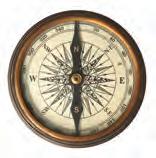
20
Loree 1335
to Edgerly
Yoakum Coffee
Velmer
Fourth Center
Travel

There is a mural depicted in downtown Vinton that shows the old depot, feed store and rice drier that were located along the railroad track along Highway 90. Don and Cass McCaughey, the artists of the mural, are long-time resident of Vinton.
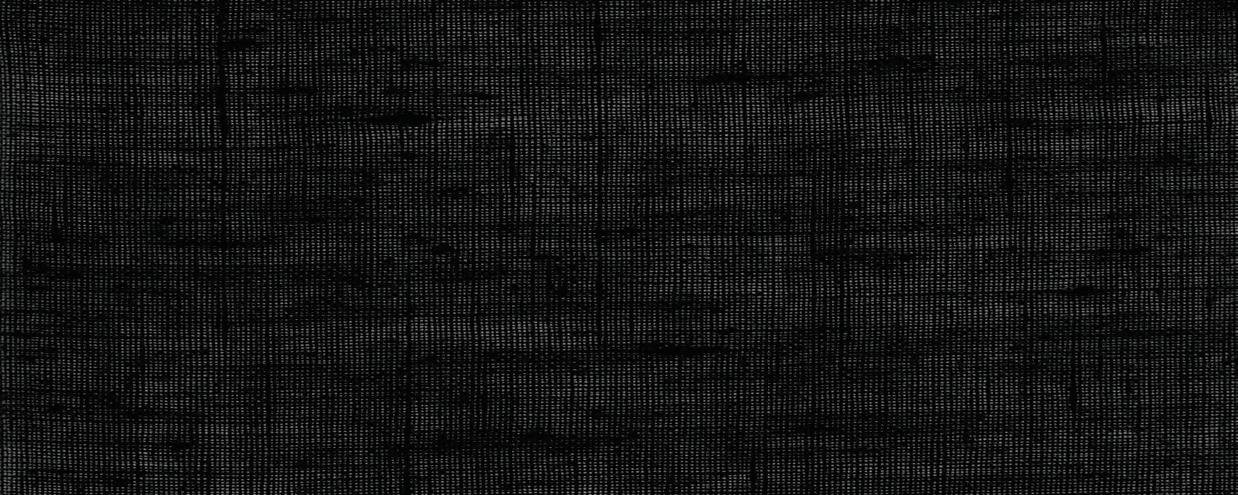
This two-story Queen Anne style Victorian is a great example of Eastlake Victorian—turned posts, decorated gables, stick style fretwork—all classic to the style.
Travel Directions: Return to Highway 90 and turn right (east) for about 5.3 miles, then left on La Highway 388, through the rice drier settlement of Edgerly, then about 2.3 miles on Edgerly-DeQuincy Highway.

2772 Edgerly-Dequincy Highway – Antioch Primitive Baptist Cemetery – Big Woods Cemetery circa 1827
The site of the oldest protestant church congregation west of the Mississippi, the original log cabin church was hewed in 1827, about the time the Sabine River was made the official boundary of the State of Louisiana. That log church was replaced by a rough cypress clapboard church that served the community for over 150 years until lost by fire. Ancestors of many pioneer families are buried here.

THE DEQUINCY AREA TOUR

Railroads, timber and turpentine were the first industries for DeQuincy which grew at an important east-west and north-south crossing of the Kansas City Southern lines and the Missouri-Pacific lines. The impressive DeQuincy Railroad Museum located in the restored Kansas City Southern Depot tells the thrilling story of rail in Louisiana, the challenges of construction, how the rail system carried passengers and freight and how the train built this community. The DeQuincy Town Hall Museum, located in the old City Hall on Fourth Street, tells other important DeQuincy stories, that of the turpentine and timber industries, and that of area veterans.
Travel Directions: From Interstate 10, exit 20, and drive north on La Highway 27 (16 miles) to the intersection of East Harrison Street, then turn left (west), or, from La Highway 12, turn south on Grand Avenue (La Highway 27) to the intersection of East Harrison Street, then turn right (west).
616 East Harrison – The W. Burns Logan, Sr. House circa 1920
A Dutch Colonial revival with a gambrel roof, this house was built by Burns Logan who began the area’s turpentine operations using ancient pine stumps.

21
Yoakum Coffee Velmer Fourth East Harrison LeBlanc Hwy 389 Page Center Hall Division Holly 232 301 208 191 101 501 400 210 1151
Directions: Use Vinton exit 7 from Interstate 10, then north to Highway 90, east on 90 to Horridge, south on Horridge
1335 Horridge Street – The Lyons House circa 1900
1346 Horridge Street – Studio Mane
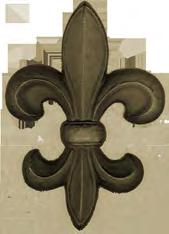
191 West Harrison - All-Saints Episcopal Church circa 1885
Now called Grace Chapel, the All Saints Episcopal Church was constructed in Patterson, Louisiana by a lumber baron there expressly for the marriage of his son. In 1946, the chapel was dismantled, relocated to this site and reassembled board-by-board. The entrance is through the front steeple tower, and the lancet windows have their own gables along the side walls.(NR)
Travel Directions: Turn left (south) on Hall Street.
301 Hall – The Dr. George Lyons House circa 1906
The etched glass front door highlights this Queen Anne style house with turned posts and wrap around porch.
Travel Directions: Turn right (west) on Yoakum Street.
232 Yoakum – The Hagler House circa 1913
A rare example of a raised Louisiana Creole cottage, unusual for its appearance this far west, the house was constructed by a former railroad man who had seen the house type in the eastern part of Louisiana and knew it to be great for ventilation.
Travel Directions: Turn right (north) on Coffee Street.
208 Coffee – The John Perkins House circa 1909
Home to one of the area’s early business pioneers, John Perkins founded and operated the Perkins Drug Store. On the exterior, a steep pitched roof is unusual on what is otherwise a textbook example of Queen Anne style.
Travel Directions: Continue on Coffee, turn right (east) onto Center, then left (north) on Holly.
Center and Holly - 101 South Holly – The Edgar McCutchan House circa 1915
An steep pitched hip roof with a lower pitched flare gives this cottage an unusual distinctive look.
Travel Directions: North on Holly, cross 4th Street, and continue to Lake Charles Avenue.
400 Lake Charles Avenue – Kansas City Southern Railroad Depot/ DeQuincy Railroad Museum circa 1923
This impressive and significant mission revival-style railroad depot is one of very few of its type remaining in the nation. Built at the intersection of two vital rail lines, this building replaced an earlier wooden structure from 1897. Now an important museum telling the story of railroads in the South, the building has been restored to its authentic 1923 look including tiled and timbered waiting rooms, and featuring a Spanish barrel tile roof, arched windows, exposed rafters and heavy brackets. Inside the depot showcases artifacts from the rail lines that served the area, model trains, and dispatch office, telegraph, and routing tools. Authentic rolling stock can be toured outside along with a generous park. (NR)
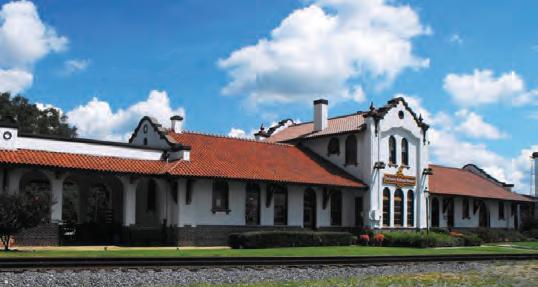
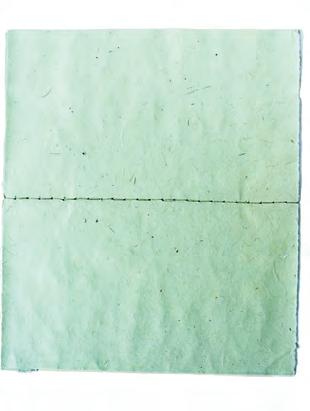
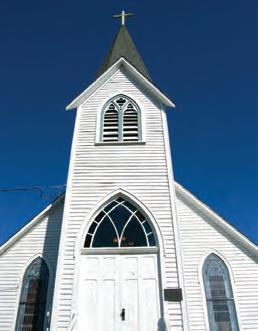

Travel Directions: Return to Holly, turn left (north), turn right on Canterbury, then left on West LeBlanc Street.
210 West LeBlanc – The Arthur Fluitt House circa 1903
The 4000 square foot house lost its porches in the 1918 hurricane but kept its Colonial revival lines and federal style portico.
Travel Directions: Turn around to head east on LeBlanc Street to Main Street then right on Main to turn left (east) on Fourth Street (La Highway 12).
501 East Fourth – The Edward Wilcox Boarding House circa 1924
This Midwestern style boarding house with multiple gables, shed dormers and wrap around porches is a virtual time capsule of a time when such facilities catered to railroad and turpentine plant workers. The house has 22 rooms including 14 bedrooms, a music room, dining room and a parlor shared by the family and the boarders.
1151 East Fourth – The Doyle Penton House circa 1948
A Tudor style revival frame house built for a sawmill owner features an exterior with a prominent Gothic style gable entry, medieval style chimney, and glass porch.

THE IOWA HISTORICAL BUILDING

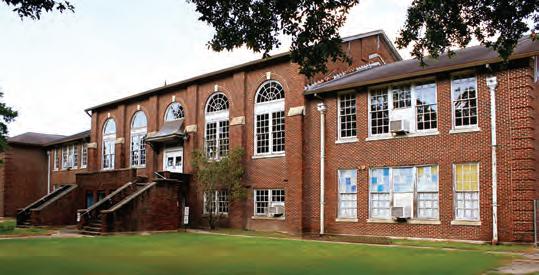
J.I. Watson Middle School circa 1937
201 East 1st Street
The original 1937 Iowa High School now serves as the main building of J. I. Watson Middle School on South Kinney Street in Iowa. The current name of the building honors the first principal of schools in Iowa who came from a family of area educators. Even today, the red-brick classical revival structure features many original architectural elements and details. It was entered into the National Register for its architecture and for having long served as a center of education and social life in this Calcasieu prairie community.
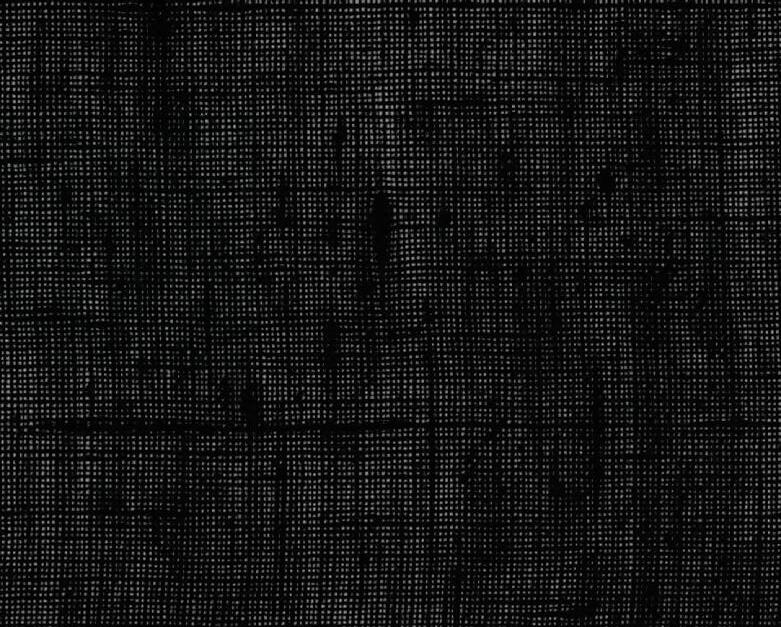
22

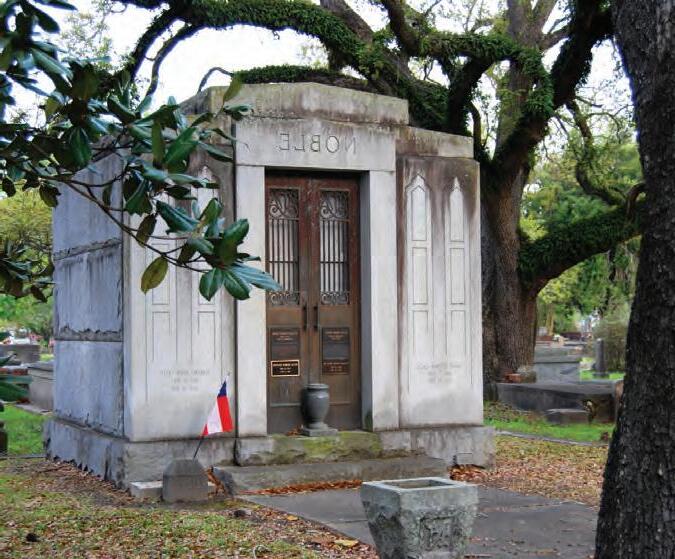
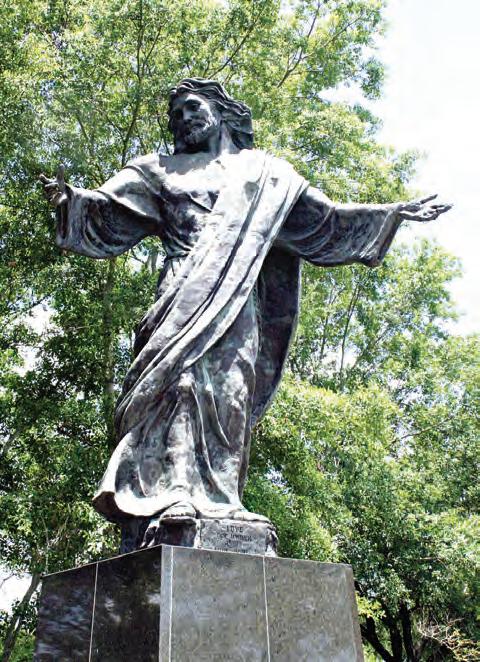

Historic Cemeteries
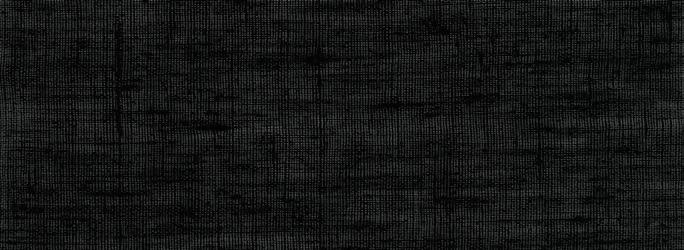
In Lake Charles
Bilbo Cemetery circa 1832
Lakeshore Drive at Interstate 10
This is the oldest cemetery in Lake Charles and part of the Bilbo family farm, which had been “Cantonment Atkinson.” Bilbo purchased the decommissioned property directly from the US Army. Over 200 burials, many no longer marked, are in Bilbo Cemetery. The Millennium Statue of Christ is a much later addition, standing 23 feet over the resting place of earliest pioneers. The statue was sculpted by Janie Stine LaCroix, a descendant of Lake Charles founder Jacob Ryan buried here.
Corporation Cemetery circa 1858
Church Street between Hodges and Moss Streets
The not-yet-incorporated hamlet of Charlie’s Lake, provided this cemetery for civic use and the City of Lake Charles still maintains it. Most graves had been marked by wooden headboards or iron crosses—unfortunately only the stone markers remain. Burials here ceased in 1908, and in 1950 about half of the cemetery was displaced for the Interstate highway right-of-way.
Goos Family Cemetery circa 1870
Shattuck Street and Katharine Street, 1.3 miles north of Interstate 10
Located in upper Lake Charles near the original home, lumber mill and shipyard of Captain Daniel Goos. At the turn-of-the-last century it was endowed by one of their 15 children, Ellen Goos Lock.
Highland Memorial Park
6325 Common Street/Gulf Highway
This mid-century cemetery is historically significant as one of two locations for the mass graves of the unidentified dead recovered from the 1957 Hurricane Audrey disaster in Cameron Parish. In that storm, between 450 to 600 people lost their lives—a total that may never be known.
Reeves CME Graveyard – Hamilton Garden of Memories circa 1866
1400 Winterhalter Street
One of the very earliest African-American congregations in Louisiana formed this church and consecrated this burial ground just after the CME Churches separated from the Methodist-Episcopal Church South in 1866.
Sacred Heart Cemetery and Combre Memorial Park
2700 East Opelousas Street
These modern cemeteries face each other across Opelousas Street and each has a tradition of service to the African-American community. Tombs in Sacred Heart are very untraditional in having a north-south orientation rather than an eastwest orientation common to Catholic burial grounds. Combre Memorial Park is the location of one of the mass graves of the recovered unidentified victims of the Hurricane Audrey disaster.
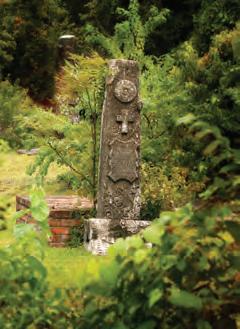
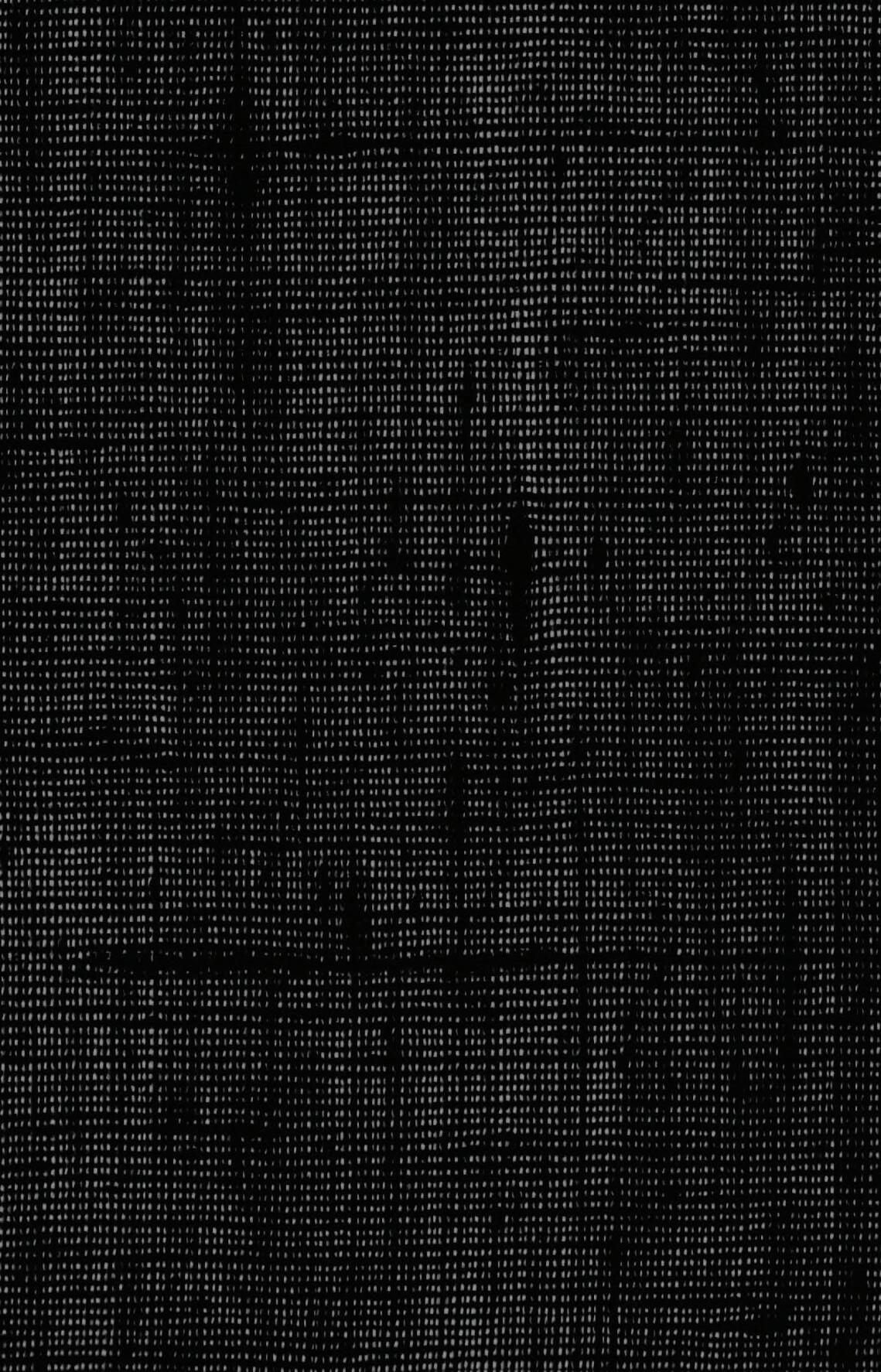
Old Catholic Cemetery circa 1861
Corner of Common Street and Iris Street
French, Italian, and Irish names on headstones attest to many of the early immigrant groups that helped to build Lake Charles. Burials here ceased in 1914. Note the Sicilian-style mausoleums on the eastern edge of the cemetery.
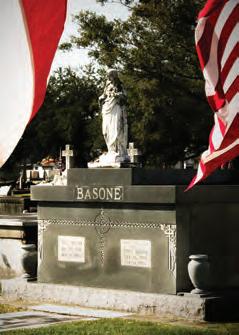
Orange Grove and Graceland Cemeteries circa 1881
1815 East Broad Street
Oak allees, mature azaleas and camellias, winding paths and impressive tomb architecture make these cemeteries good examples of the park-like garden or rural cemeteries that came into style in the 19th century. Many prominent citizens, working men and women, and business leaders are buried here, some with highly decorative monuments including one granite monument that resembles a camera and tripod.
23

Near Sulphur
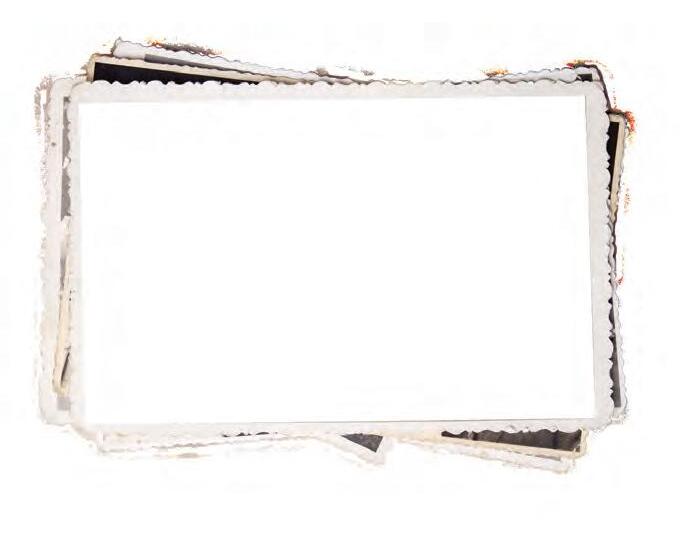
Henning Cemetery and Farquhar Cemetery circa 1879
Farquhar Cemetery Road – Sulphur – Rose Bluff Area
Travel Directions: From Interstate 10 go south on Cities Service Highway (Hwy 108), veer to the right at the Refinery and remain on Highway 108, turn left (south) at Highway 1133 (Citgo Park Road) then turn left again onto Clifton Ridge Road, continue on Clifton Ridge Road to Farquhar Road.
The contrast between these two pioneer cemeteries and the industrial complex that nearly surround them is stunning. Henning is manicured and gated; Farquhar has groves of live oaks, magnolias, cedars and profuse camellias.
Dutch Cove Cemetery circa 1887
7700 Global Road – Sulphur-Carlyss-Vincent Settlement area
Travel Directions: From Interstate 10 go south on Ruth Street 7 miles, turn left onto Burton Shipyard Road, continue east for almost a mile, turn right (south) onto Global Road.
This is a quiet park like rural cemetery with lives oaks and camellias. A branch of the Calcasieu River system curls around this green retreat established by James Root in 1887 for the families who immigrated from northern Europe.
Near DeQuincy
Rigmaiden Cemetery – Perkins Cemetery circa 1899
1200 Rigmaiden Cemetery Road - DeQuincy
Travel Directions: The Interstate 10 exit at Highway 27, travel north 15.2 miles to DeQuincy, turn right (east) at Rigmaiden Cemetery Road.
A collection of family cemeteries with well-marked gravesites and distinct family plots, older gravesites are on the northern edges. The earliest documented burial (1899) is that of Elizabeth Coward from a prominent area pioneer family.
Sallier Cemetery circa 1834
621 Dr. Michael DeBakey Drive
Born in the Savoy area of France, Charles Sallier was the original European settler in the area and both the lake and the city are named for him. He and second wife, Catherine Lebleu Sallier had seven children. The last daughter, Severine Sallier, donated this land for a public cemetery in 1884. A portion of the land had been the private family cemetery since 1834.
Near Westlake
Bagdad Cemetery circa 1874
300 Bagdad Road – Westlake
Travel Directions: From Interstate 10, take the Westlake exit and go north on Sampson Street, turn left (east) onto Sulphur Avenue, then left (north) onto Miller Avenue to Bagdad Road.
Bagdad was a small sawmill town that literally disappeared at the end of the lumber industry in the 1930s. On the very edge of the Calcasieu River, this cemetery is all that remains to mark the lost town. It is a fitting final resting place for the Southern impressionist artist Will Ousley who lived and painted in the Bagdad area.
Magnolia Cemetery circa 1873
1100 McKinley Street - Westlake
Travel Directions: From Interstate 10, take the Westlake exit and go north on Sampson Street, turn left (west) on McKinley.
Magnolia Cemetery is the oldest of several cemeteries clustered in that area, and it boasts an impressive collection of markers and monuments, plus the namesake magnolias. Other adjacent cemeteries include Perkins Cemetery and Smith Family Cemetery.
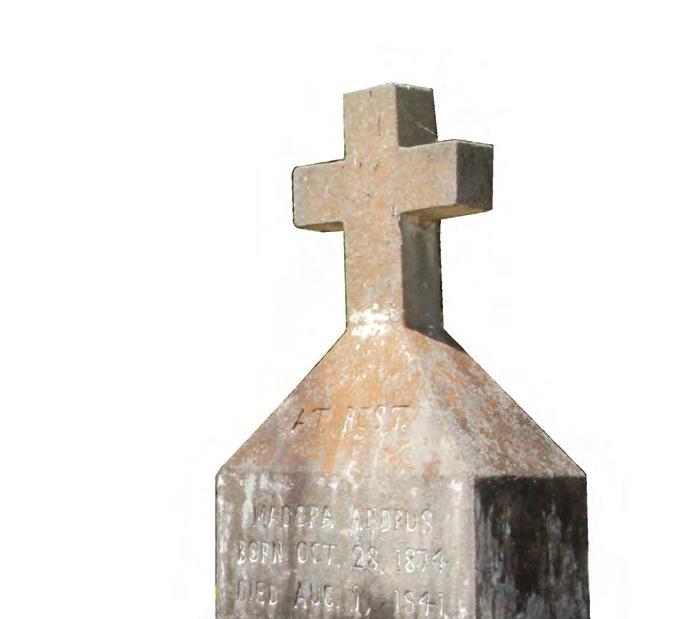
Near Moss Bluff
Ritchie Cemetery circa 1880
275 South Perkins Ferry Road – Moss Bluff
Travel Directions: From US Highway 171 in Moss Bluff, go west on Highway 378 (Sam Houston Jones Parkway), then left (south) on South Perkins Ferry Road.
Like most rural cemeteries, this is a true “working” cemetery where descendants of the families buried there perform “graveyard duties” complete with picnics following. The oldest gravesites, some of which have the original cast iron markers, are on the ridge.
Near Lebleu Settlement
Lebleu Cemetery circa 1860
Lebleu Cemetery Road at English Bayou – Lebleu Settlement-Chloe
Travel Directions: From Interstate 10 exit at Hwy 397 (Chloe-Cameron exit) and proceed north, turn left (west) on Lebleu Cemetery Road.
Alexise Janise donated the land in 1860 for this rural cemetery that served and serves the families of the Lebleu Settlement area. The Lebleus were among the very earliest European pioneers in Southwest Louisiana and the family had well-established cattle ranches in this area by 1800.
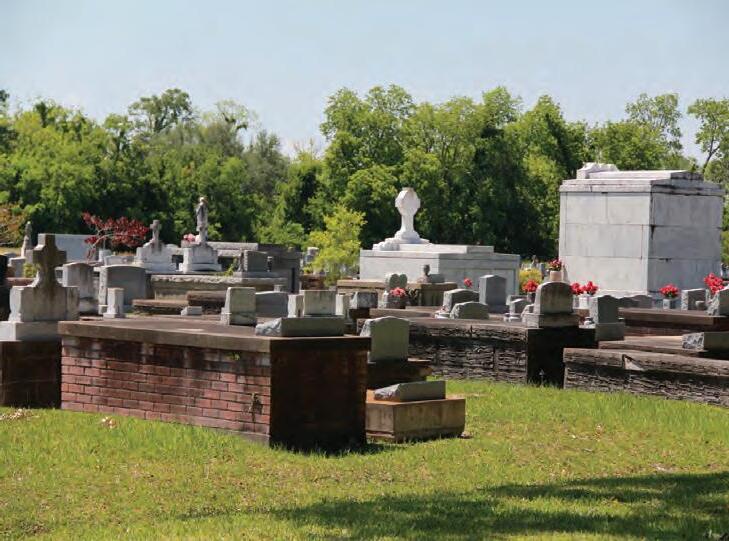



Angels
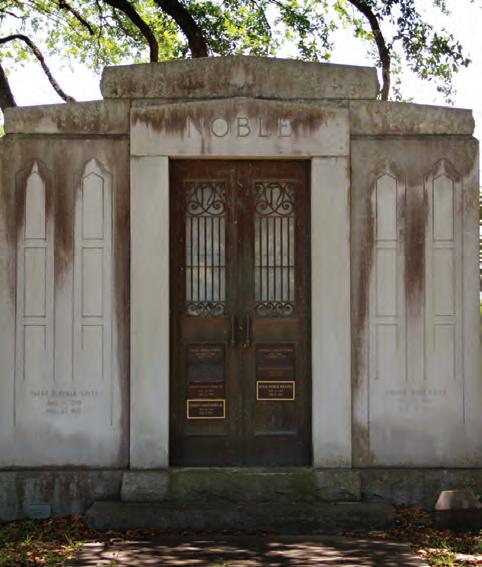
Cemetery Symbols at a Glance
Historic headstones and monuments carry many symbolic messages in their carvings and decorations. You will see some of the following when you visit historic cemeteries in Calcasieu Parish.
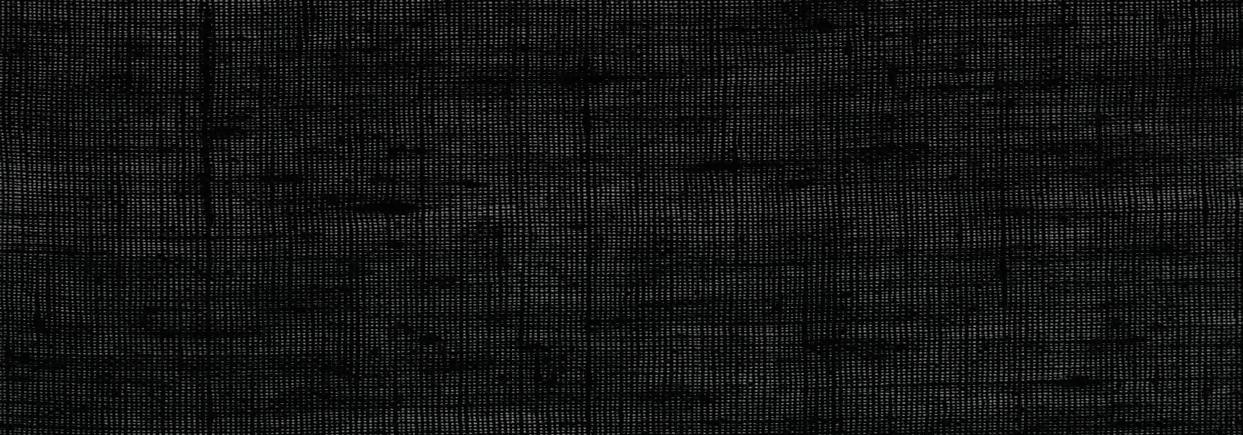
Messengers of God escorting the deceased to Heaven or mourning an untimely death
Broken column
Carved to resemble a life cut short by accident
Crowns
Immortality
Flowers/leaves
Lillies represent purity, daisies represent innocence, poppies represent sleep, pansies represent remembrance, oak leaves represent strength, ivy represent endurance, bay or laurel wreaths represent glory
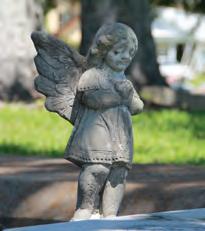
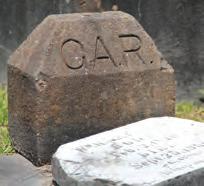
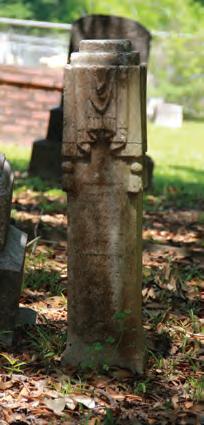
GAR
Letters on a cast iron star-shaped marker indicates that the grave is that of a member of the “Grand Army of the Republic,” a Union Army Veteran of the Civil War . GAR cast iron stars, occasionally also represented by letters on house shaped concrete marker
Hands
Hand with finger pointing up means hope of heaven, hand holding a broken chain means loss of a family member, clasped hands means affection after death
Hourglass
Passage of time and shortness of life
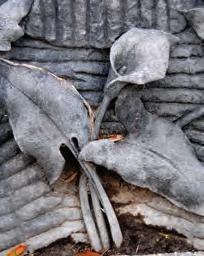
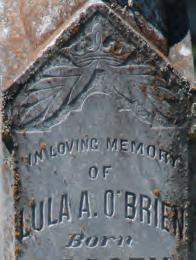
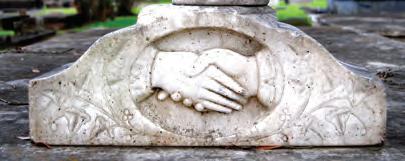
Lamb
Innocence or Christ’s sacrifice
Obelisk
An ancient Egyptian symbol of the connection between this world and the next
Torch
Upright, life and truth; upside down, death
UCV
Letters on a “house” shaped stone indicates that the grave is that of a “United Confederate Veteran,” a Southern veteran of the Civil War
Weeping willow
Sorrow
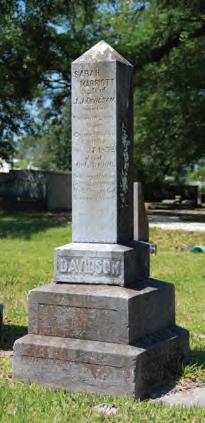
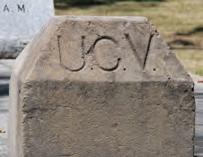
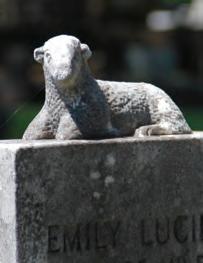
25
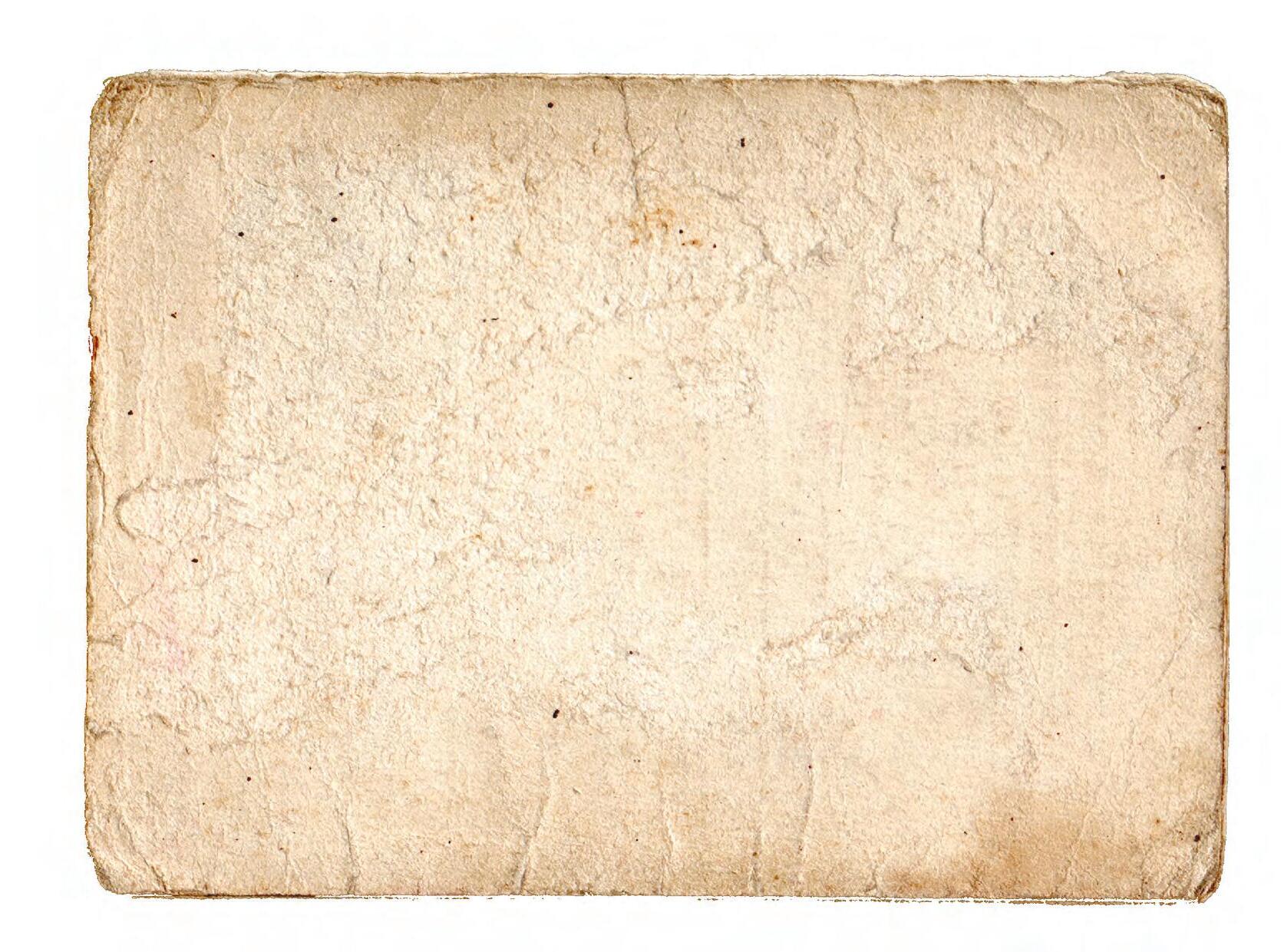
Calcasieu’s Authentic, Eerie Ghost Stories
While this corner of the state is a relatively young part of Louisiana, there is still plenty enough history to include documented ghost sites and stories. The area has drawn the attention of regional and national “ghost hunters” and TV show producers who claim that there is an exceptionally high degree of psychic energy in and around the homes, buildings and bayous of Southwest Louisiana. And here are just a few:

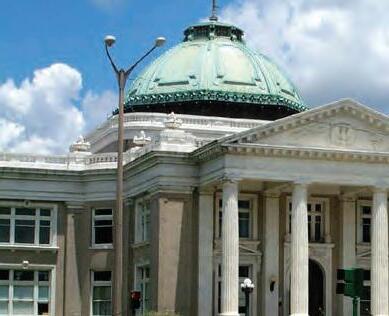
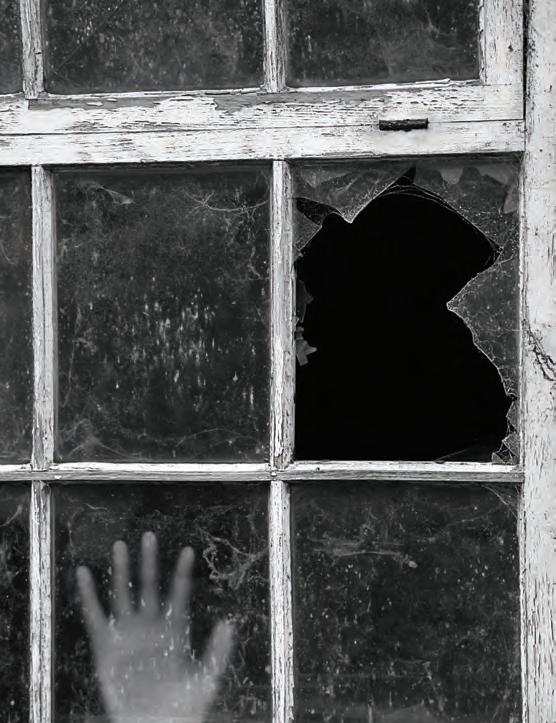
Ghost lights, known in French south Louisiana as feu-follet, are seen and reported occasionally even today in many of our ancient graveyards, particularly at Bilbo, LeBleu, Big Woods, and Sallier cemeteries. While scientists scoff that the ghost lights are due to atmospheric inversion and escaping methane gas, many natives swear that the ghostly apparitions in these hallowed spots are the dearly departed welcoming in new arrivals—the equivalent of leaving “the lights on” to say hello and come on in.
In-and-around the venerable 375-plus year old Sallier Oak on the grounds of the Imperial Calcasieu Museum (Ethel at Sallier Streets), where duels are known to have occurred, strange lights are occasionally reported as being like the muzzle flares of derringers. One of the most romantic origins of these mysterious lights is the tale of Charles Sallier and his beautiful young second wife Catherine LeBleu Sallier who lived quite near the oak. In the story, the now aged Charles discovers Catherine with a dashing young lieutenant of Jean Lafitte’s crew—some say it was Jean Lafitte himself—and in a wild jealous rage shoots at her! She crumples to the ground, Sallier, in shock and remorse, flees the scene in guilt. But Catherine is not dead—the amethyst brooch she wore stopped the bullet from killing her! But, there were no long-lasting repercussions, as she and the now much subdued and chastened Charles went on to have 6 children and a long and happy marriage.
Even newer buildings can have spooky goings on. In the Civic Center’s Rosa Hart Theater, the ghost of a woman who drowned 125 years ago at that very spot (the lake was partly filled in to build the Center), rearranges furniture and skews pictures and is occasionally actually seen by audiences haunting the upper reaches of the balcony.
The Ramsay Mansion, the “Michigan Man” house on Broad at Ford streets, for a short time operated as a bed-and-breakfast inn with many stories reported by guests of what appears to be four ghosts: one of which was regularly seen reading in the paneled library, another whose hysterical laughter was heard from the third floor, a third who opened and slammed the front door, and one only noted by dogs who growled at empty chairs.
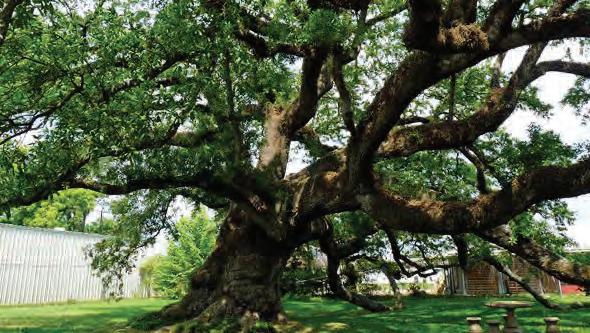
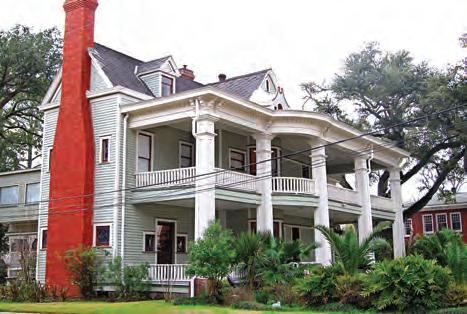

26
Baptist Meadows, the neighborhood surrounding St. Louis Catholic School on Bank Street in Lake Charles, is the location of one of the quirkier ghost stories in America. In the late 1890s the Baptist Church in Louisiana established an orphanage and farm in Lake Charles (complete with dairy barns and pastures) to care for homeless children and to teach them the art of farming. Long after the Baptist Orphanage left Lake Charles, taking their orphans, caretakers and cows from the complex they ran here for 30 years, there were ongoing reports of the sounds of cows mooing balefully in the still early mornings. There are reports of this phenomenon tually causing people o move.

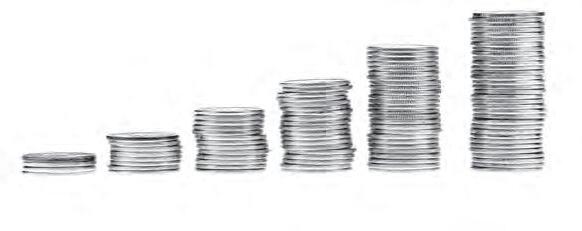
Street) built by a woman for her “mail-order husband” whose passage from Germany she paid for at the turn-of-the-century. Paul, the “mailorder husband,” worked as the maitre d’ of the Rigmaiden Hotel which still stands downtown in a remodeled form. Owners of the house report that coins randomly scattered at dusk on dressers or bureaus will sometimes stack themselves by morning in denominations: pennies, nickels, dimes, and quarters!
The Bel House (Pine at Moss Street) has a tradition of ghostly doings on its long porch. The Bel ghost causes porch rockers to move—even on perfectly still days, occasionally, even today, the rockers will move on their own accord, sometimes gently sometimes agitatedly. It is told that one of the original ladies of the house would rock there while waiting for her men-folk to return from the sawmill they ran at the river. Above the porch, on the top of the house is a widow’s walk—un-viewable from the street—where she would climb to check on the mill and on her men-folk when not rocking furiously for their return.
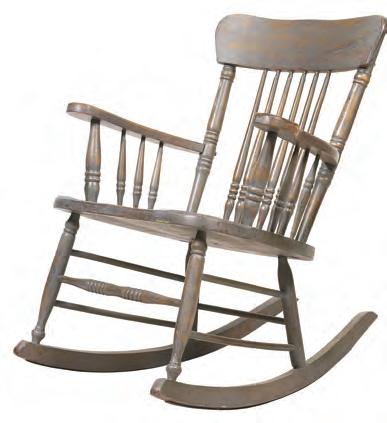
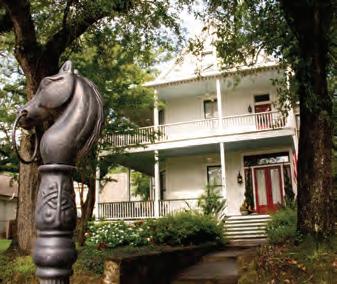
At the corner of Ford and Pine streets, is the Victorian side-hall style David J. Reid House, the family home to a long list of Calcasieu Parish lawmen. One of the Reids happened to be jailer at the time of the Great Fire of 1910, and when the downtown jail burned to the ground, the enterprising law-man marched his charges to this house where they stayed shackled in the attic for the time it took to build a new jail. On one very early morning, the sound of breaking glass and a long terrified cry were heard here—one of the prisoners tried to escape by breaking through and jumping from an attic window. He failed and was killed in the forty foot fall. To this day, the neighborhood occasionally reports hearing the sound of breaking glass and a long cry, especially in the spring, the time of the Great Fire. But they never find broken glass.
Perhaps the most interesting, and certainly the most extravagant and lurid of the ghost stories in Southwest Louisiana is that of the ghostly goings-on in the elegant classical Calcasieu Historic Courthouse itself. Since the 1940s there have been ongoing reports of blinking lights, electric equipment abruptly starting and stopping, the sounds of occasional raucous laughter, and whiffs of the smell of burning hair and of strong old-fashioned flowery cologne.
The unusual phenomena in this century-old building have been attributed to the ghost of Annie McQuiston Henry, better known as “Toni Jo Henry,” whose series of sensational trials ended with her death by electrocution here in 1942. The one and only woman electrocuted in Louisiana was put to death at the Calcasieu Courthouse complex and many folks here say she won’t let them forget her.
By the time Toni Jo met her fate, the sensational crime and trials with had been displaced by the daily reports of World War II. Toni Jo disappeared from the headlines, but she has not faded completely from popular memory. She still lives, in a way, for folks who visit and use the Courthouse.
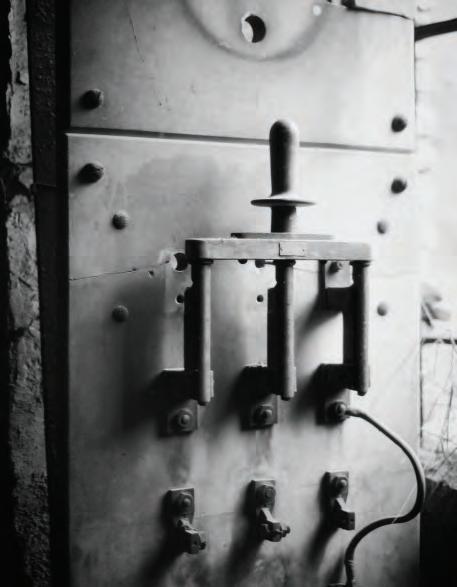
Drive, walk, explore!
Take a tour, take pictures, take an hour, take two!
Visit a beautifully crafted past where native cypress and pine were transformed by hand into cottages and mansions and communities, where the cultural history lives on.
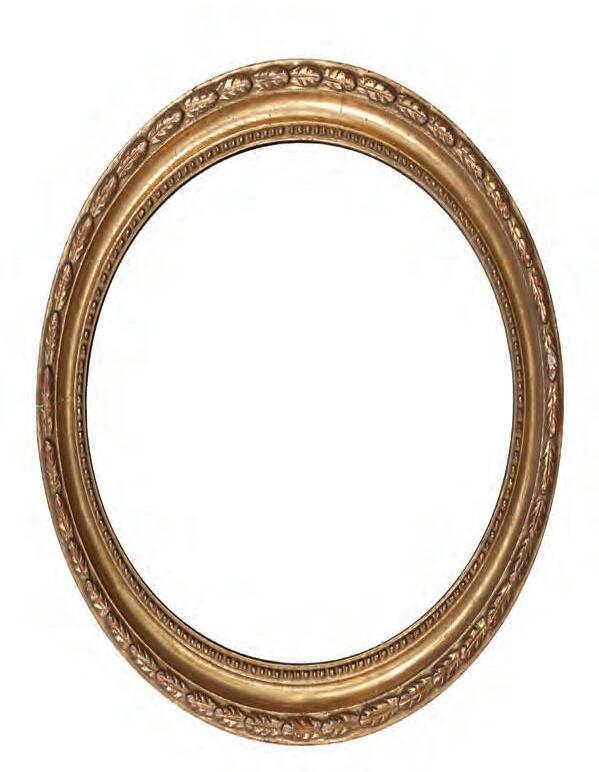
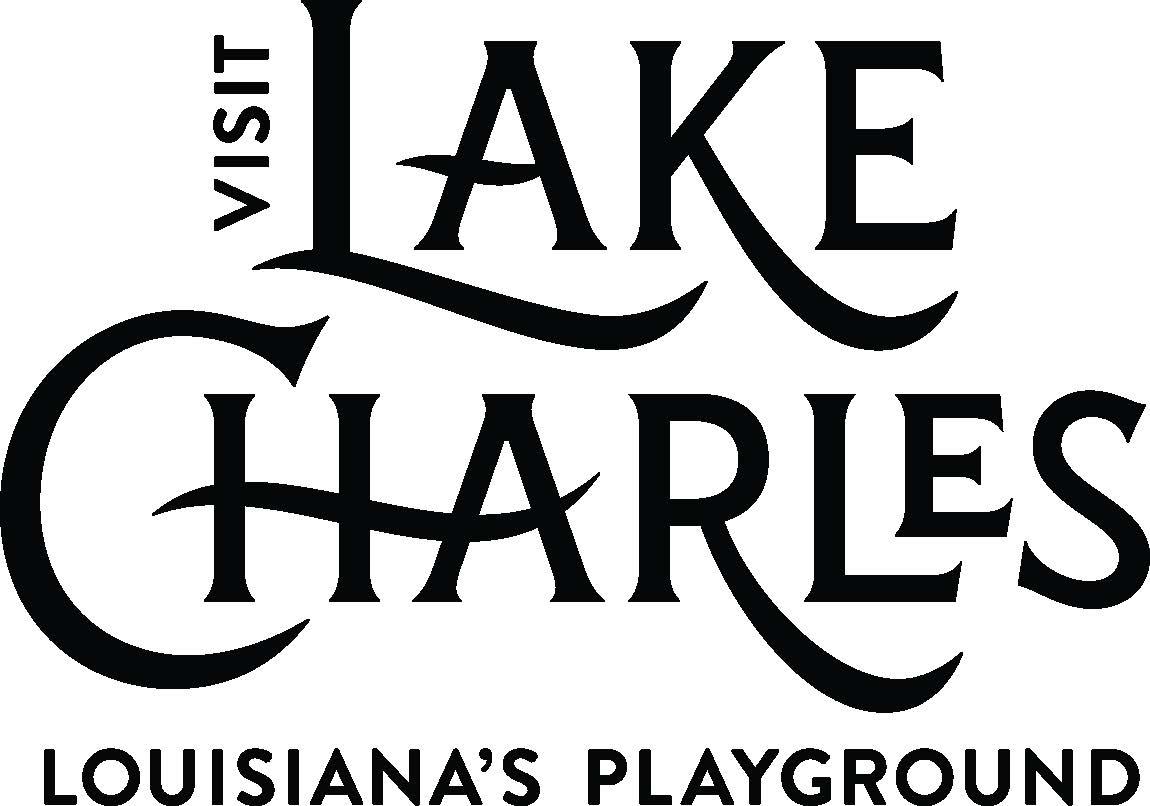

1-800-456-SWLA l www.visitlakecharles.org l
1205 North Lakeshore Drive Lake Charles, Louisiana 70601
Phone: 337-436-9588
Researched and complied by Adley Cormier © 2023, Southwest Louisiana Convention and Visitors Bureau
ACKNOWLEDGEMENTS:
Calcasieu Historical Preservation Society Archives, Southwest Louisiana Historical Association Archives, Archives and Special Collections at Frazar Library-McNeese State University, Brimstone Historical Society, Brimstone Museum, DeQuincy Railroad Museum, Southwest Louisiana Genealogical Society, Louisiana Cemetery Archives – Calcasieu Parish, Mathes Brierre company archives, National Register of Historic Places – US Department of the Interior, American Press Archives.
IT’S
HERE.
EXPERIENCE THE PAST.
STILL























































































































































